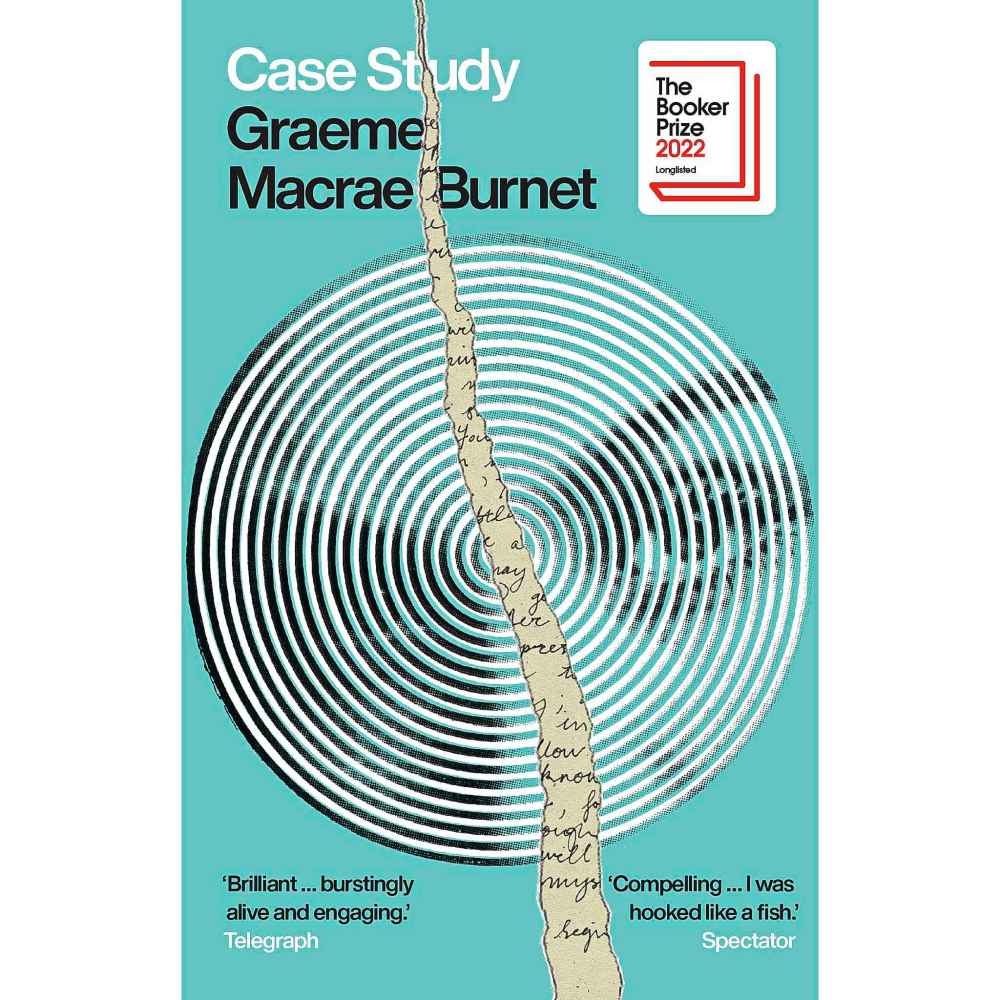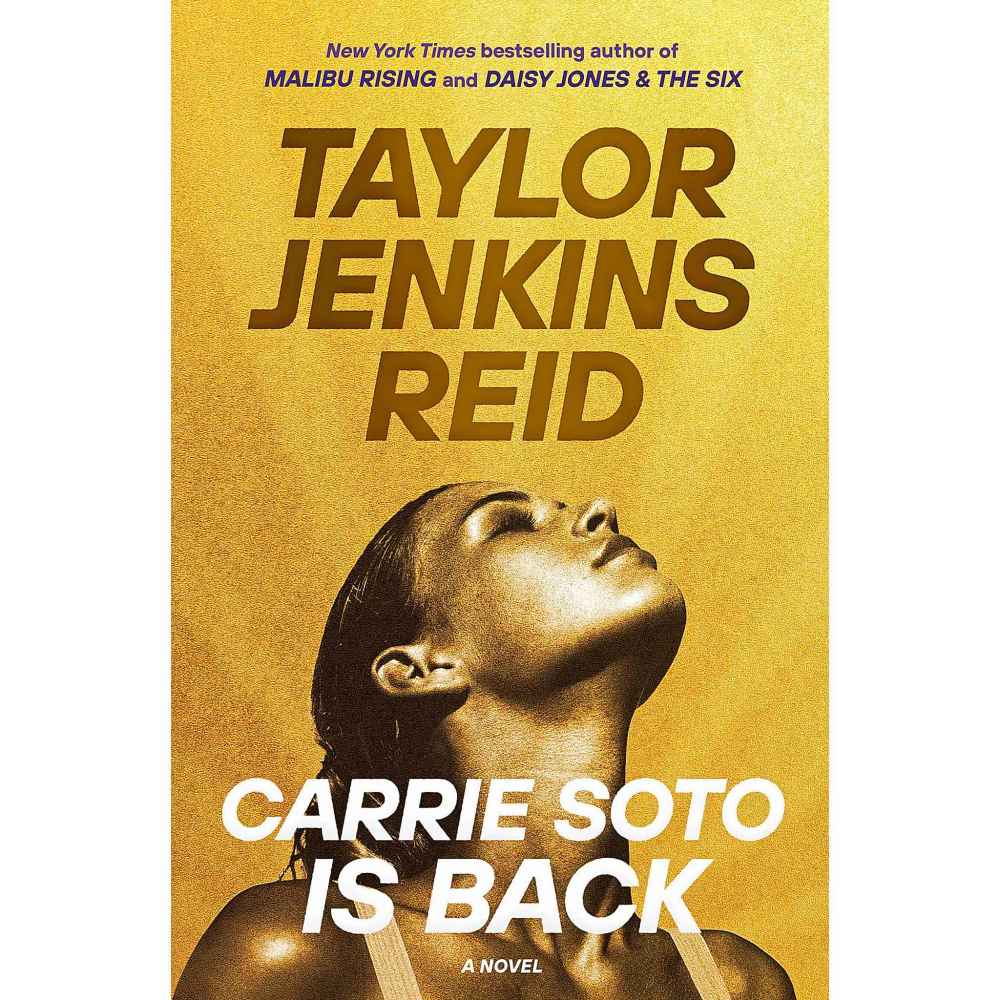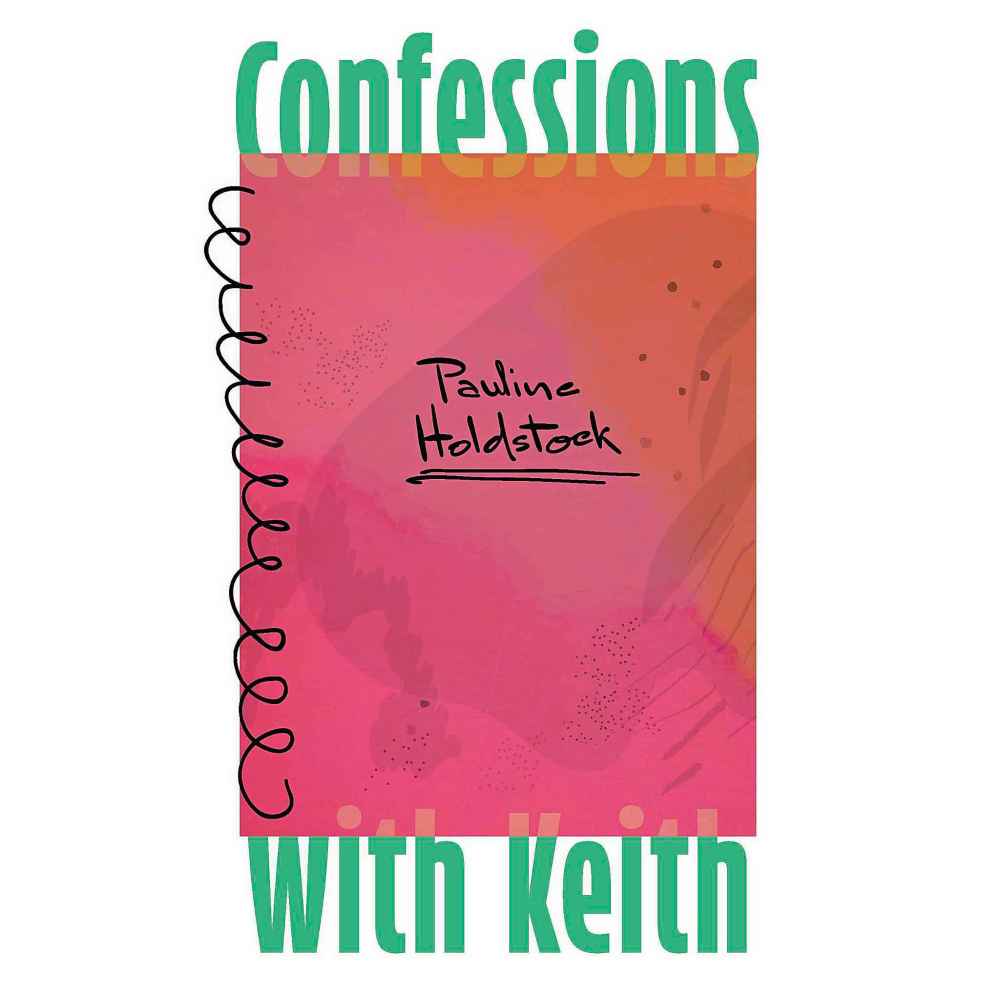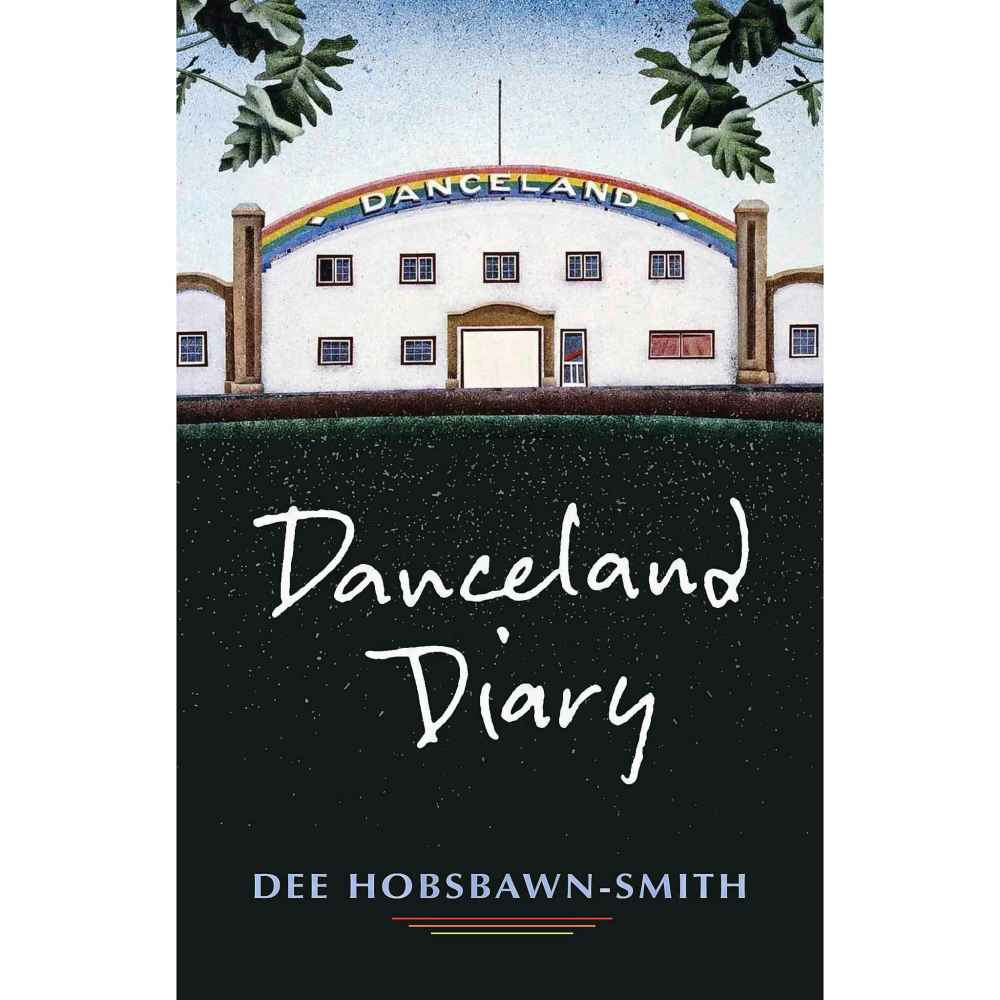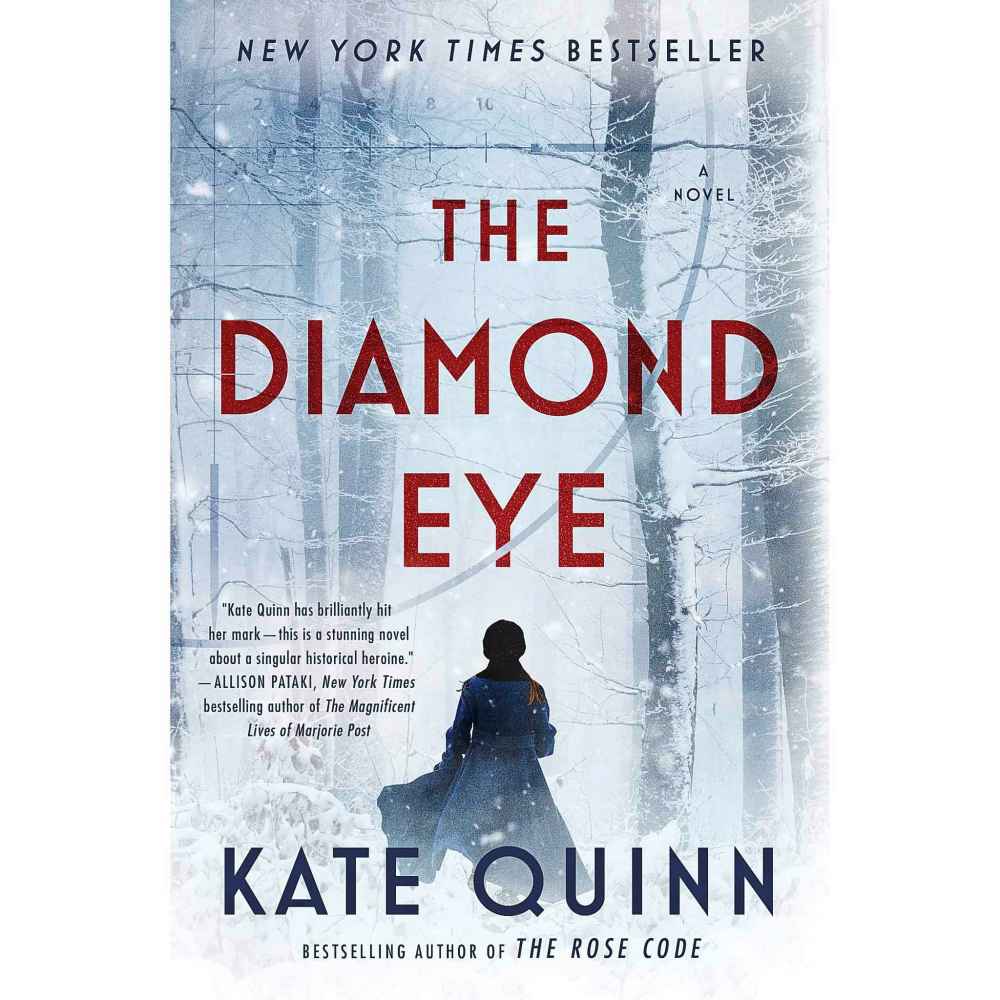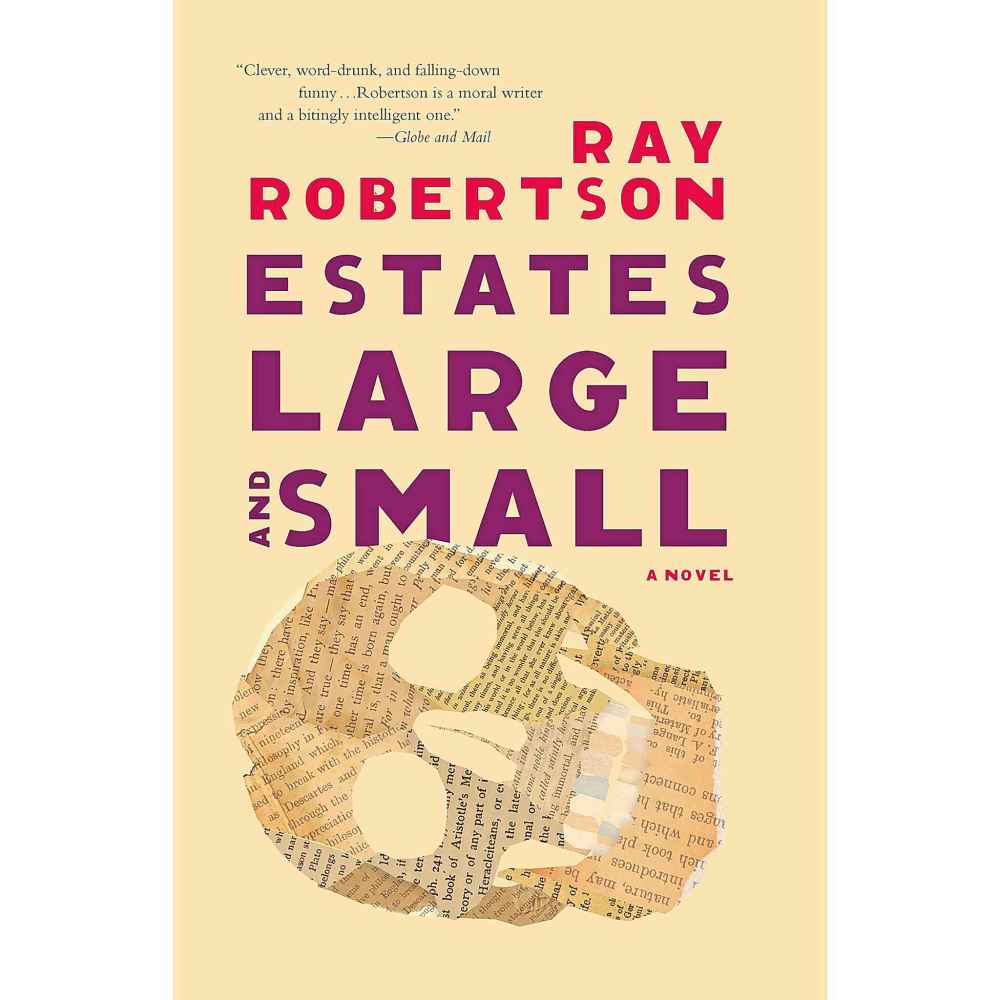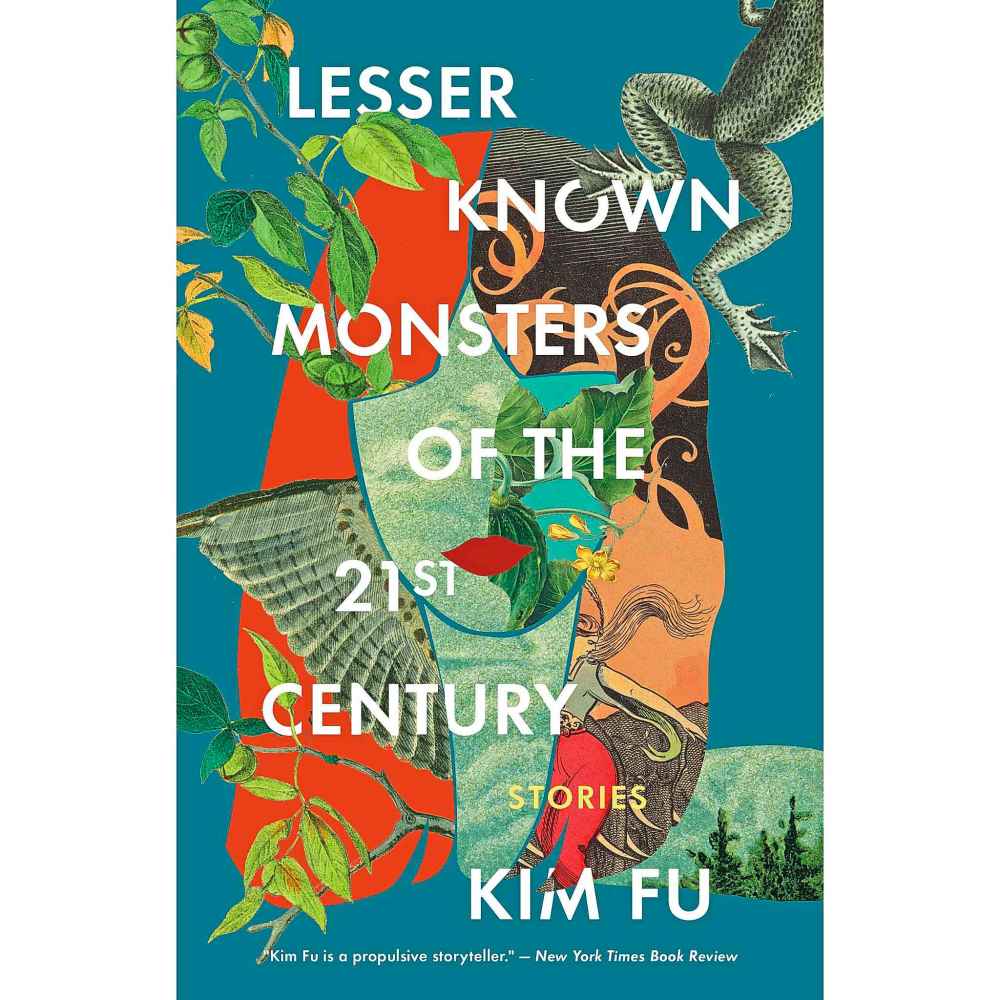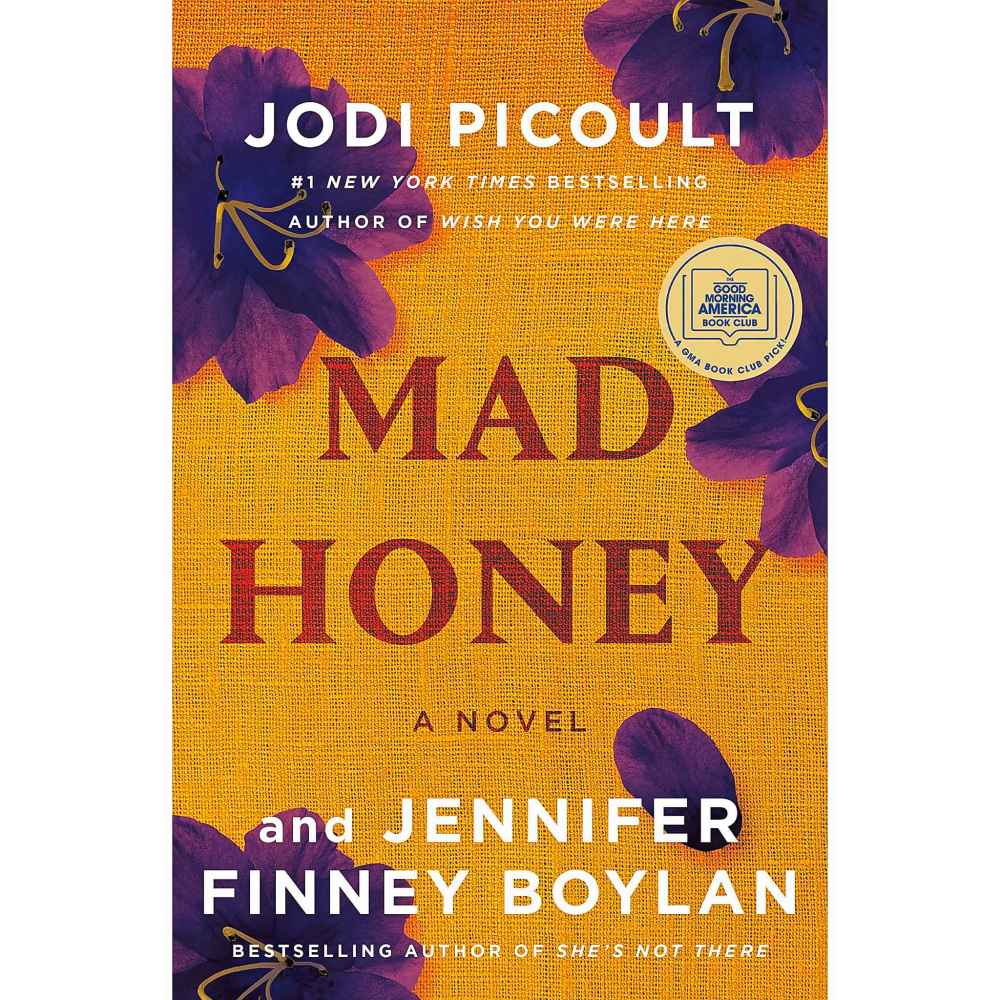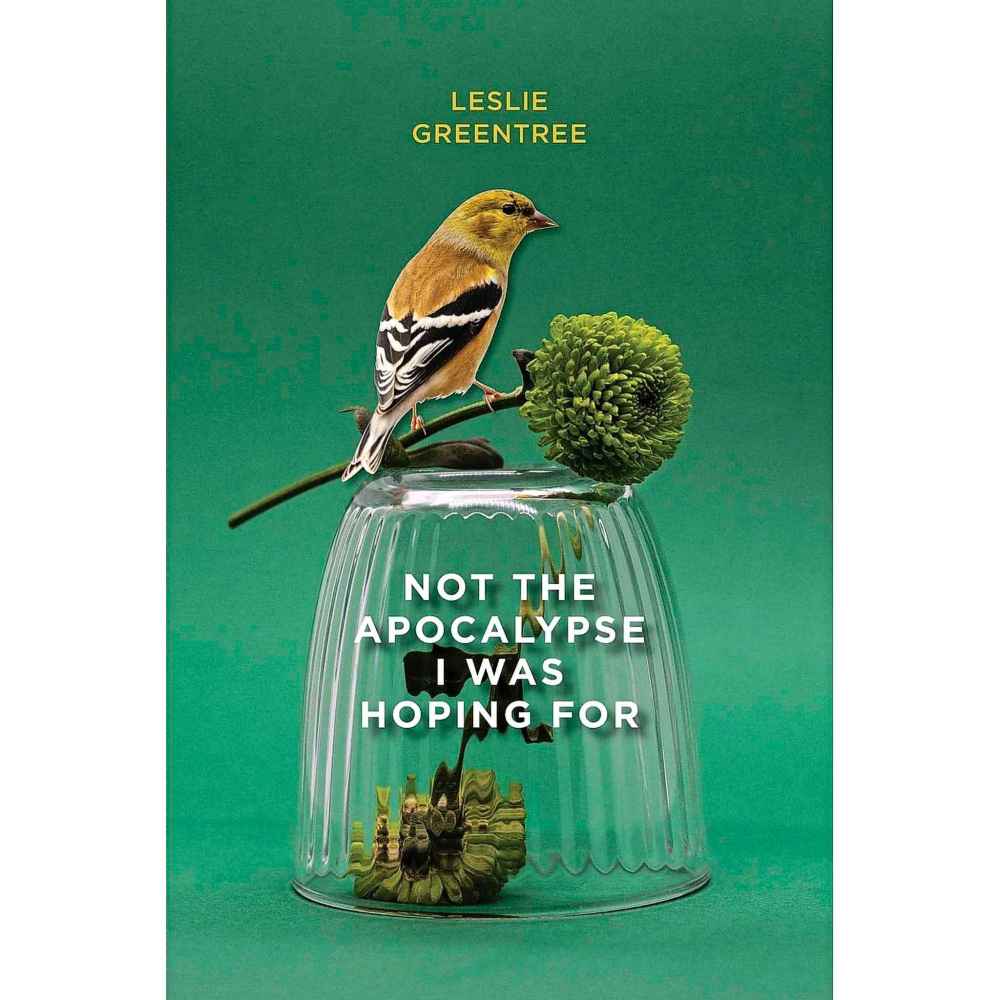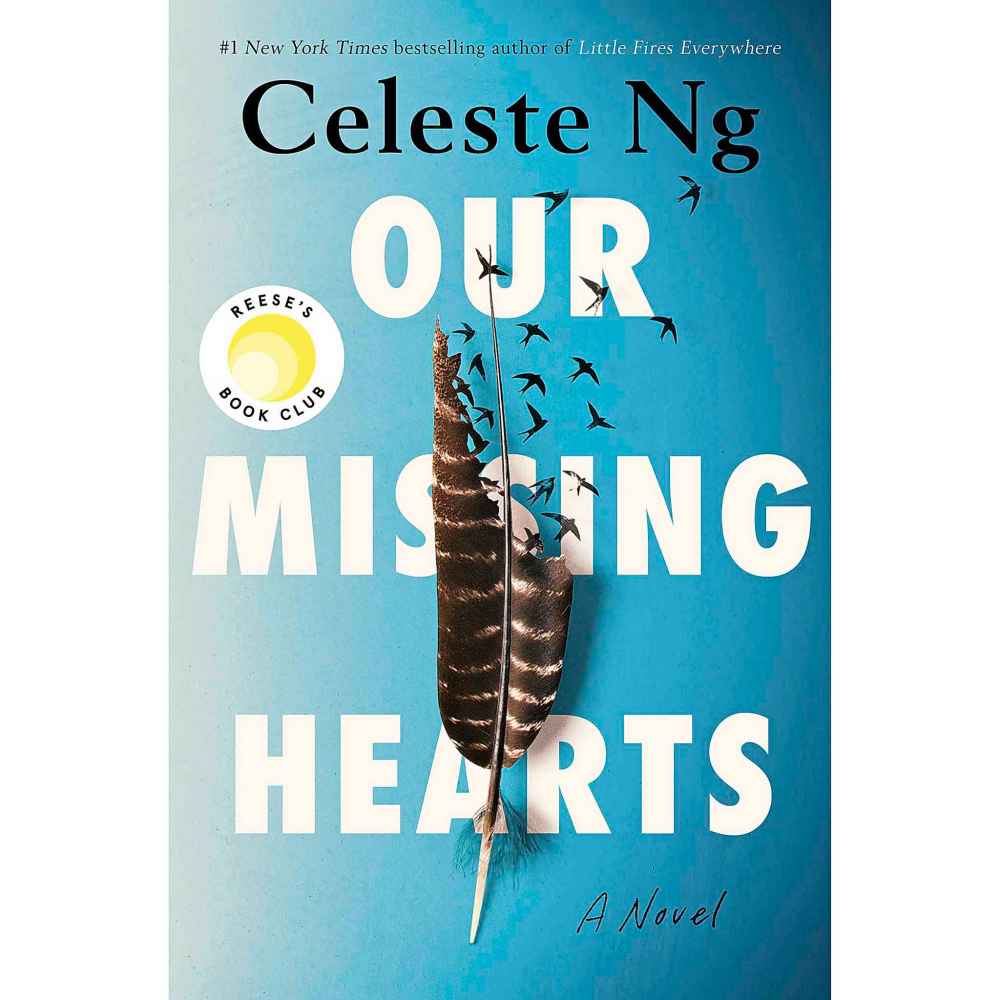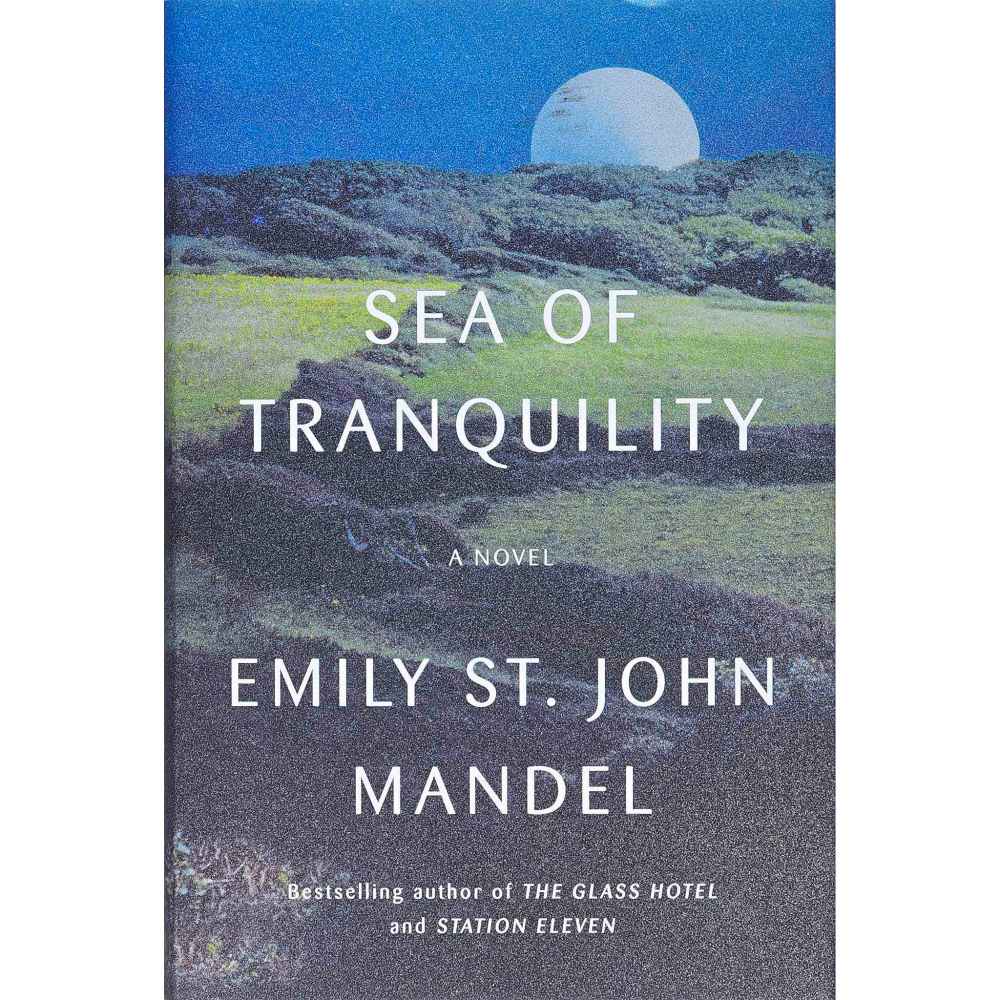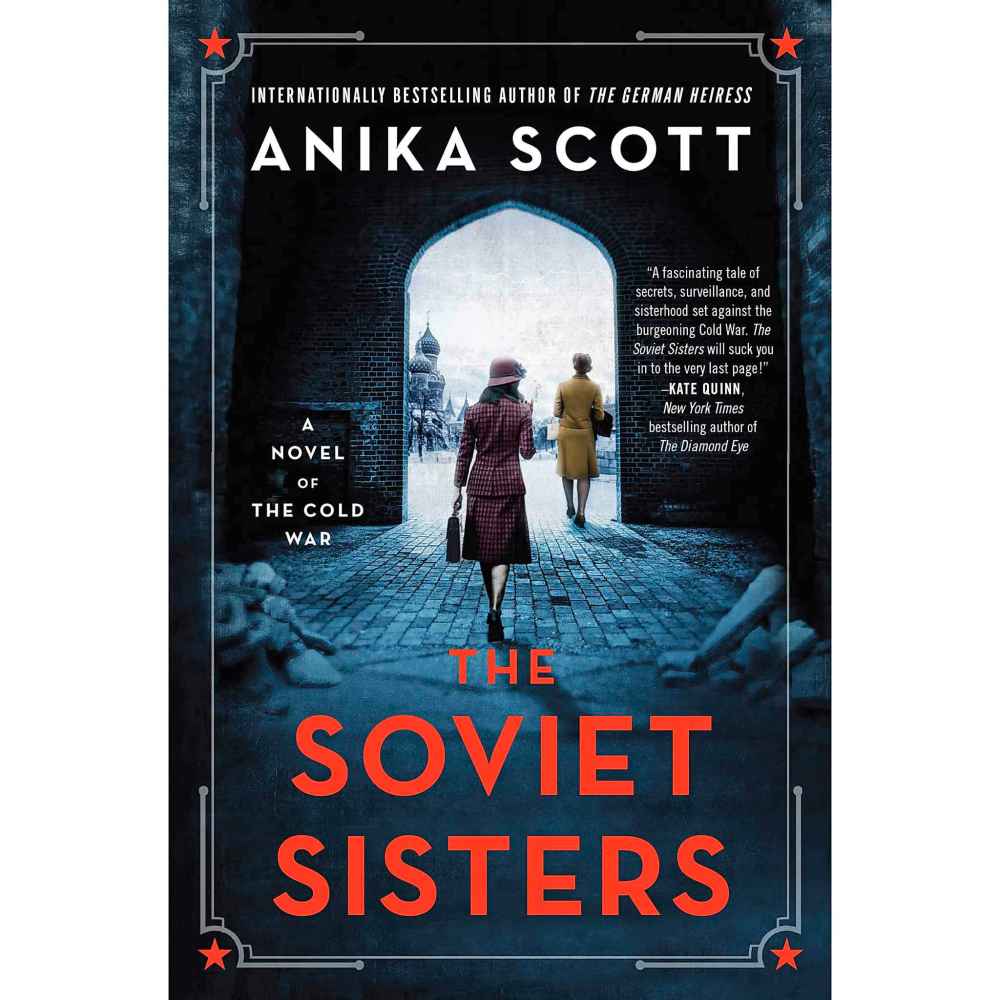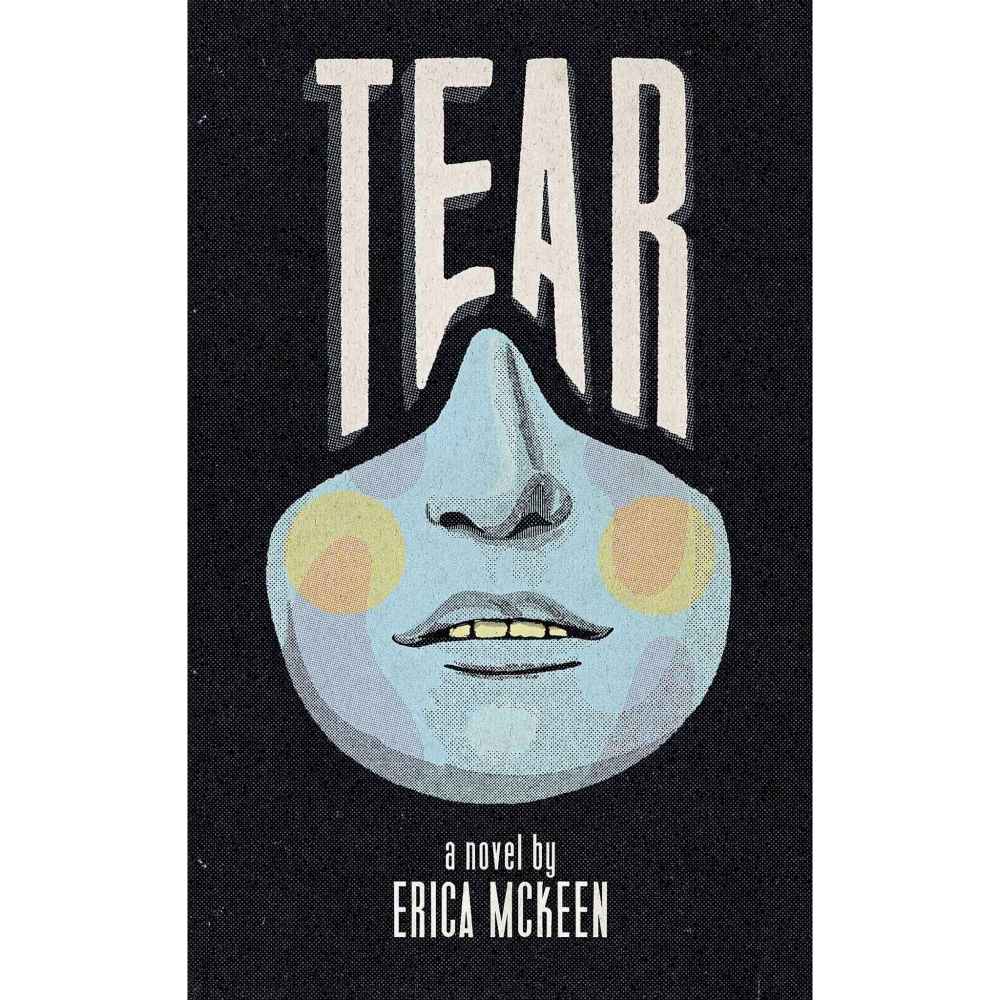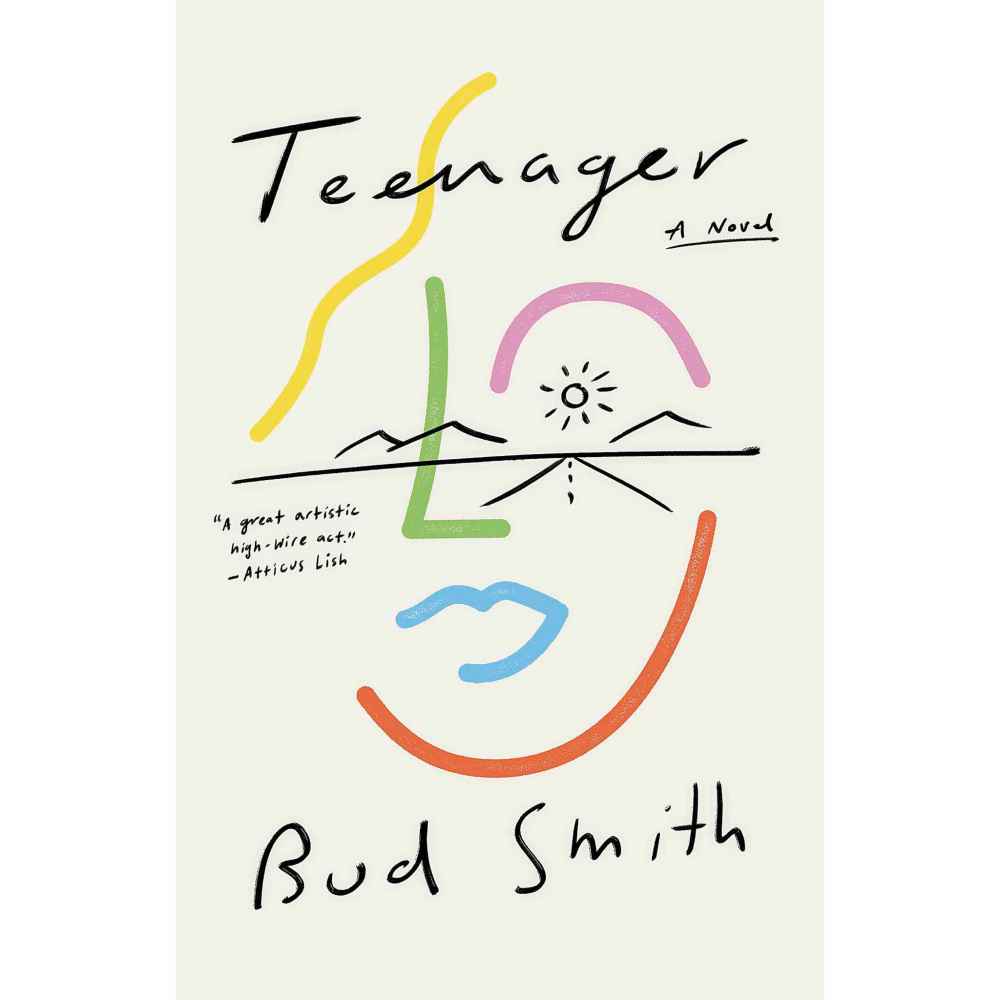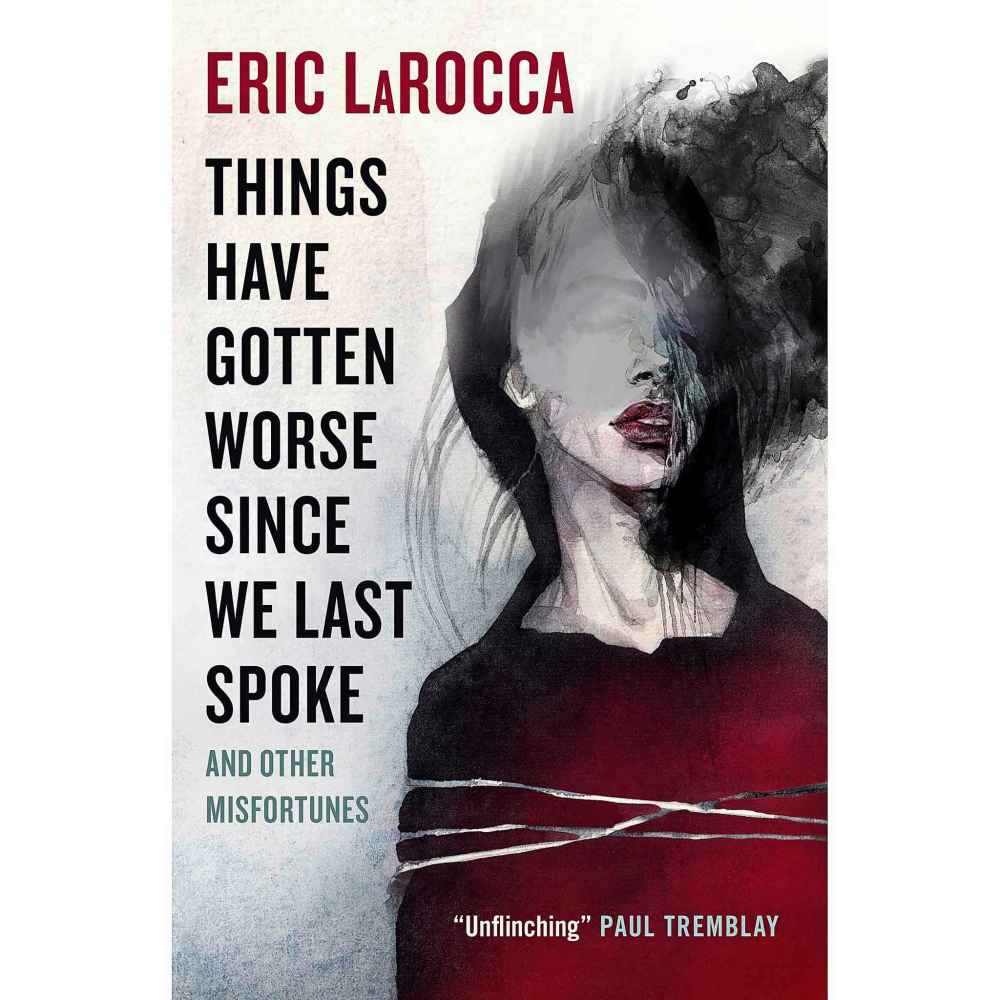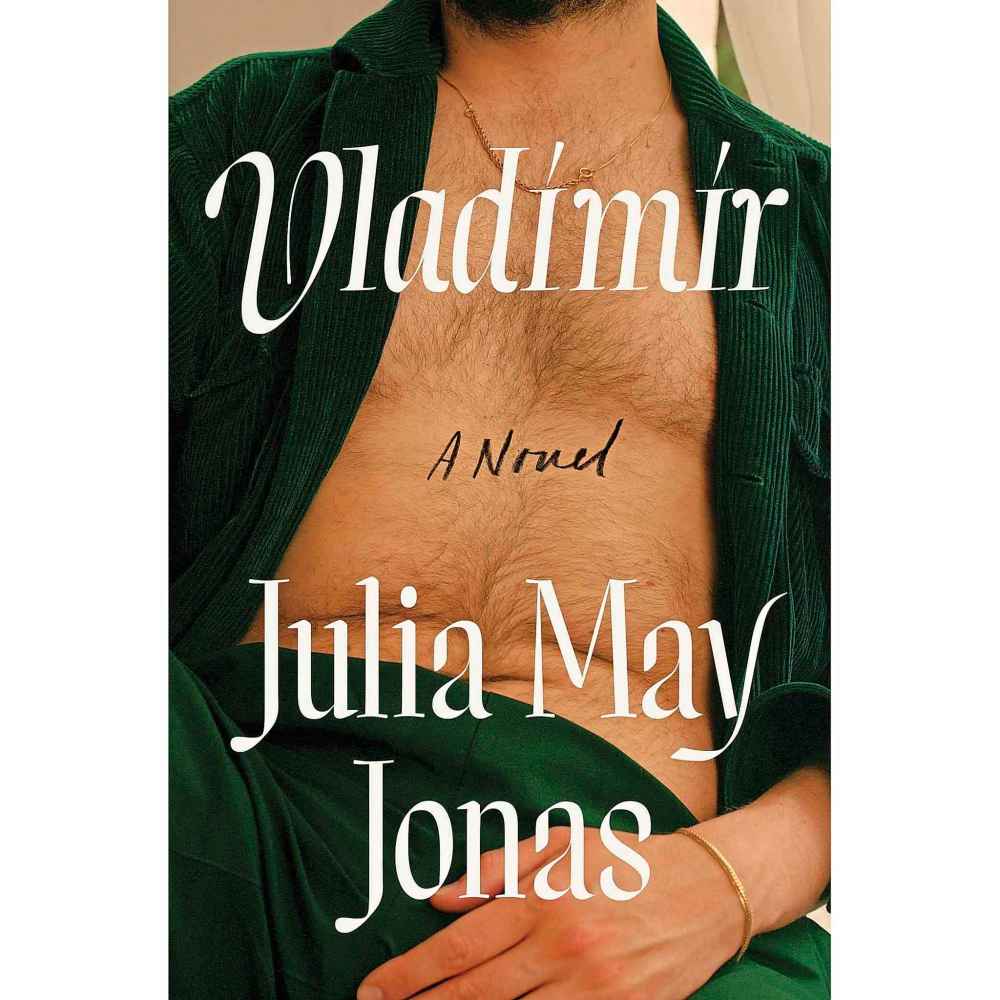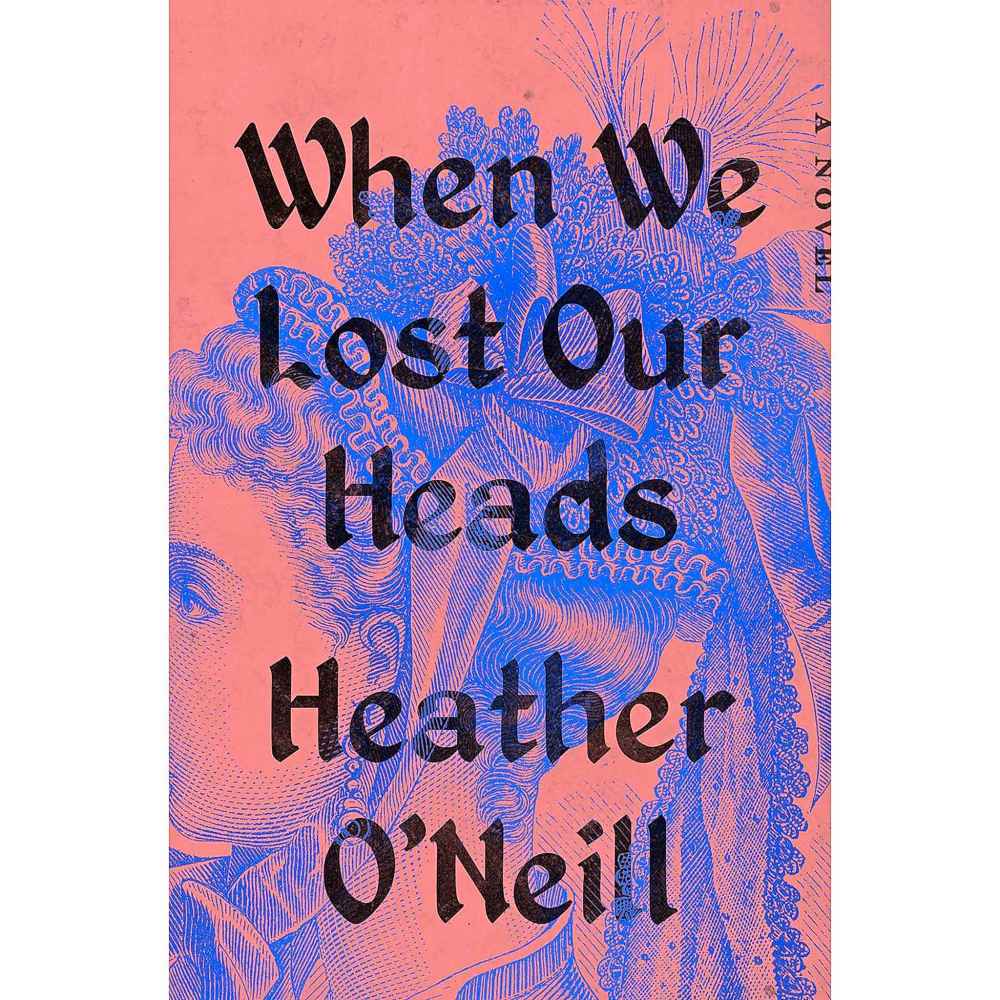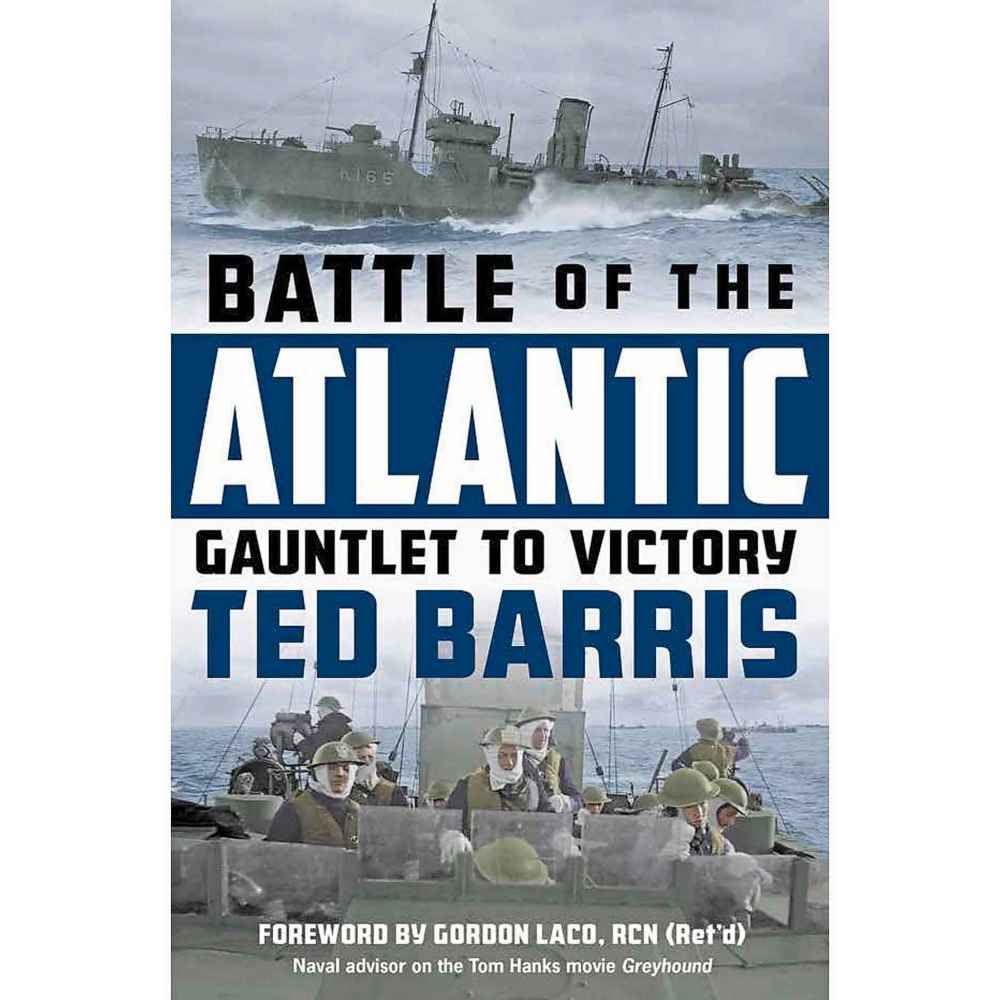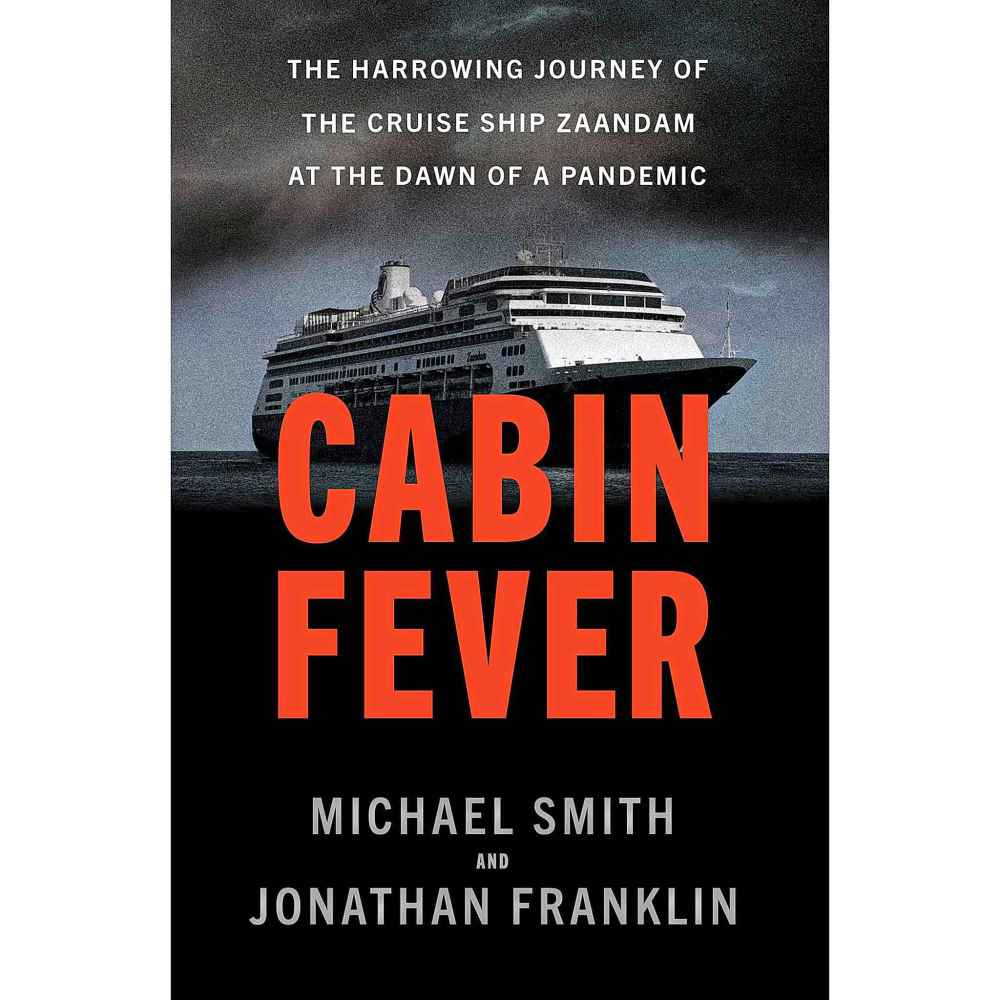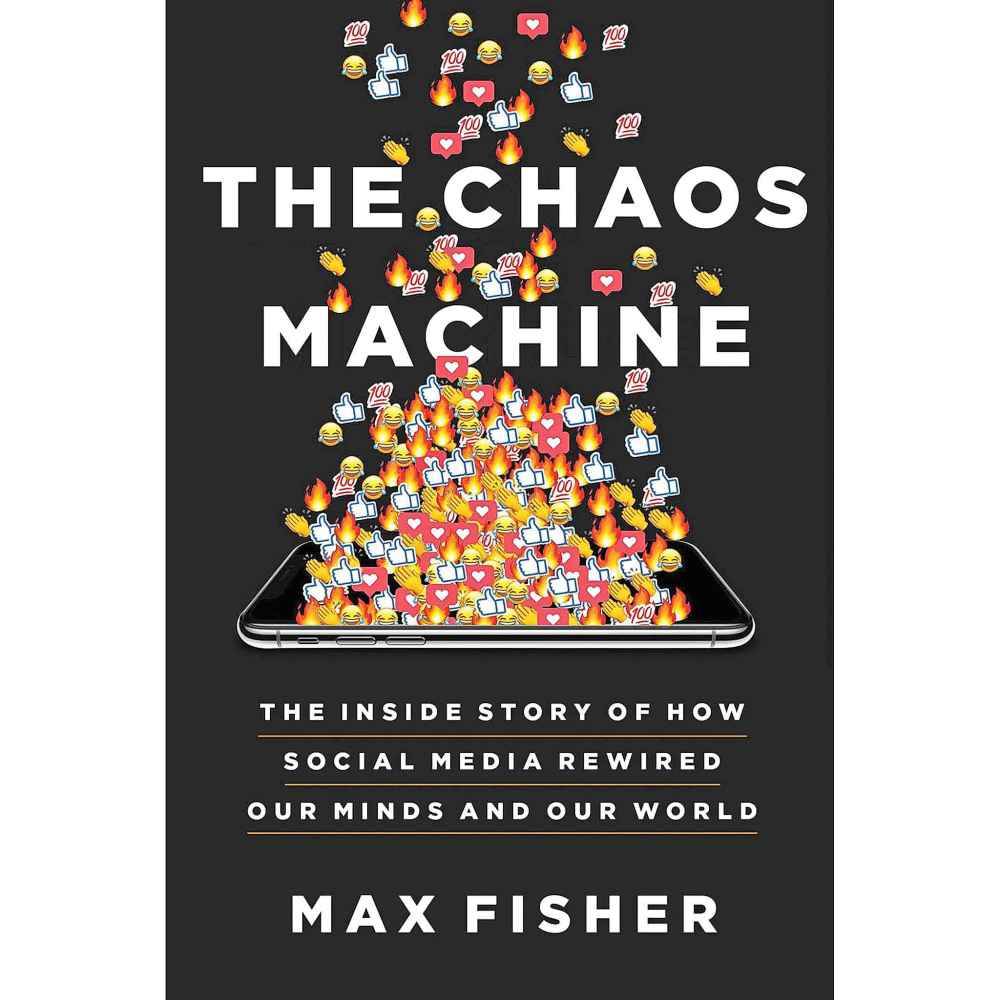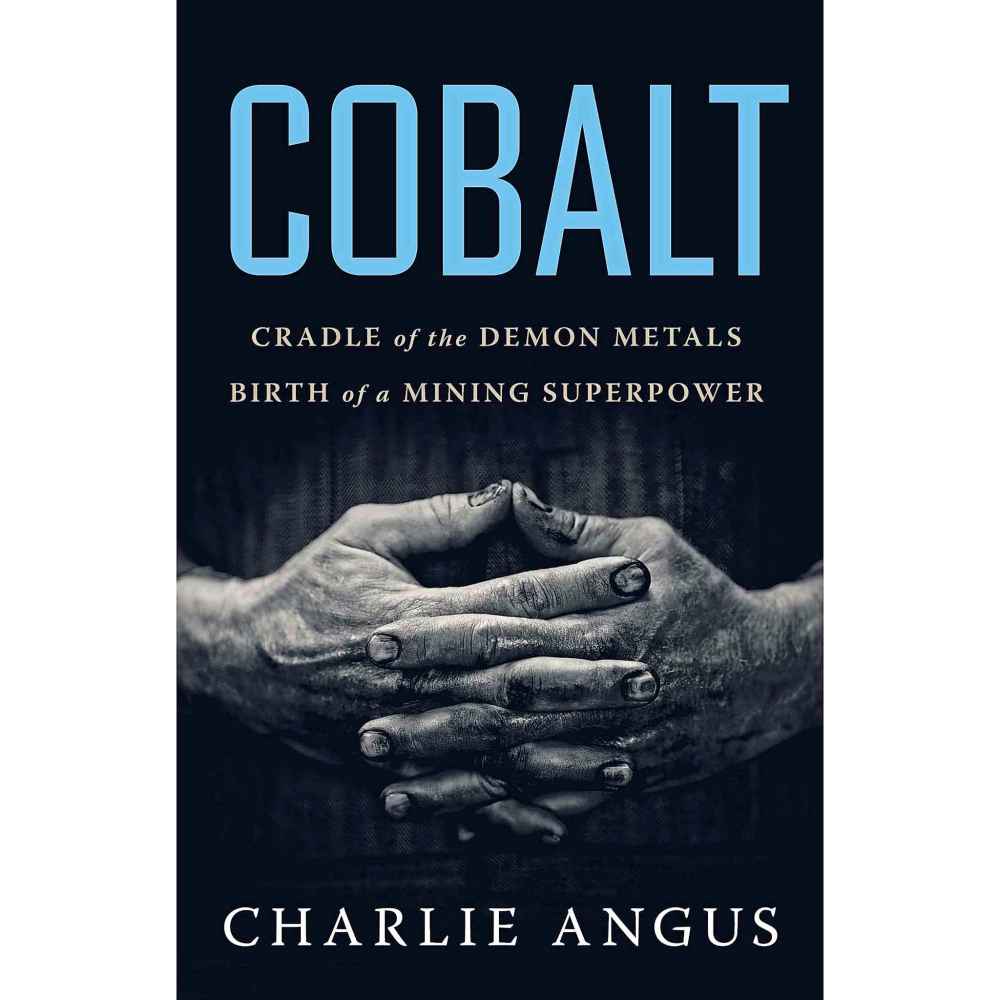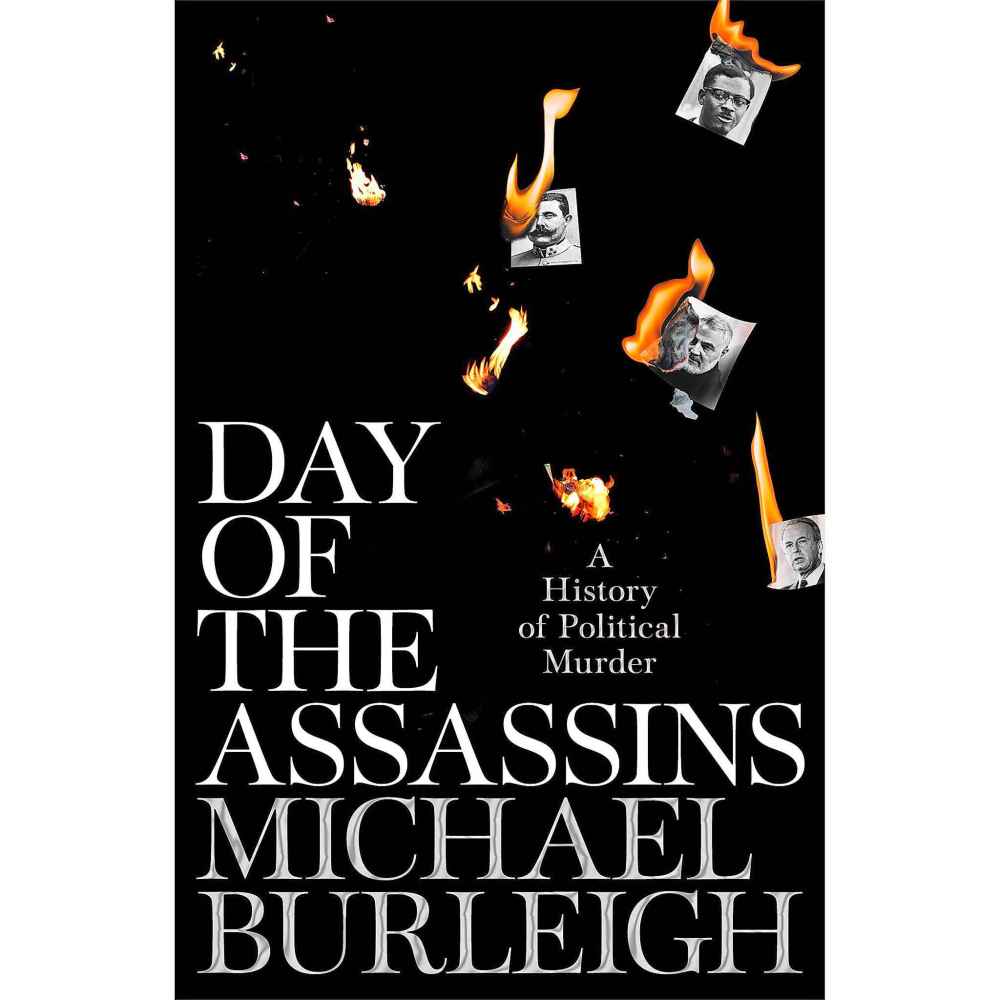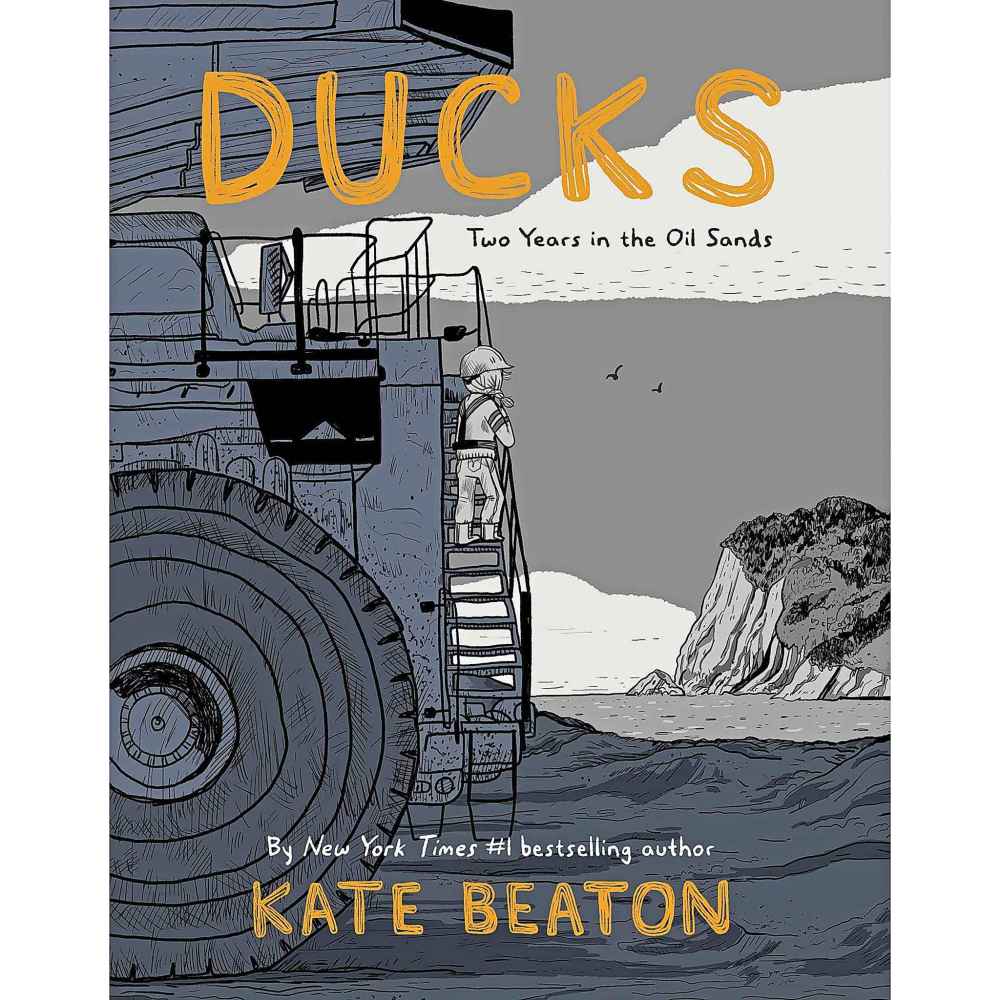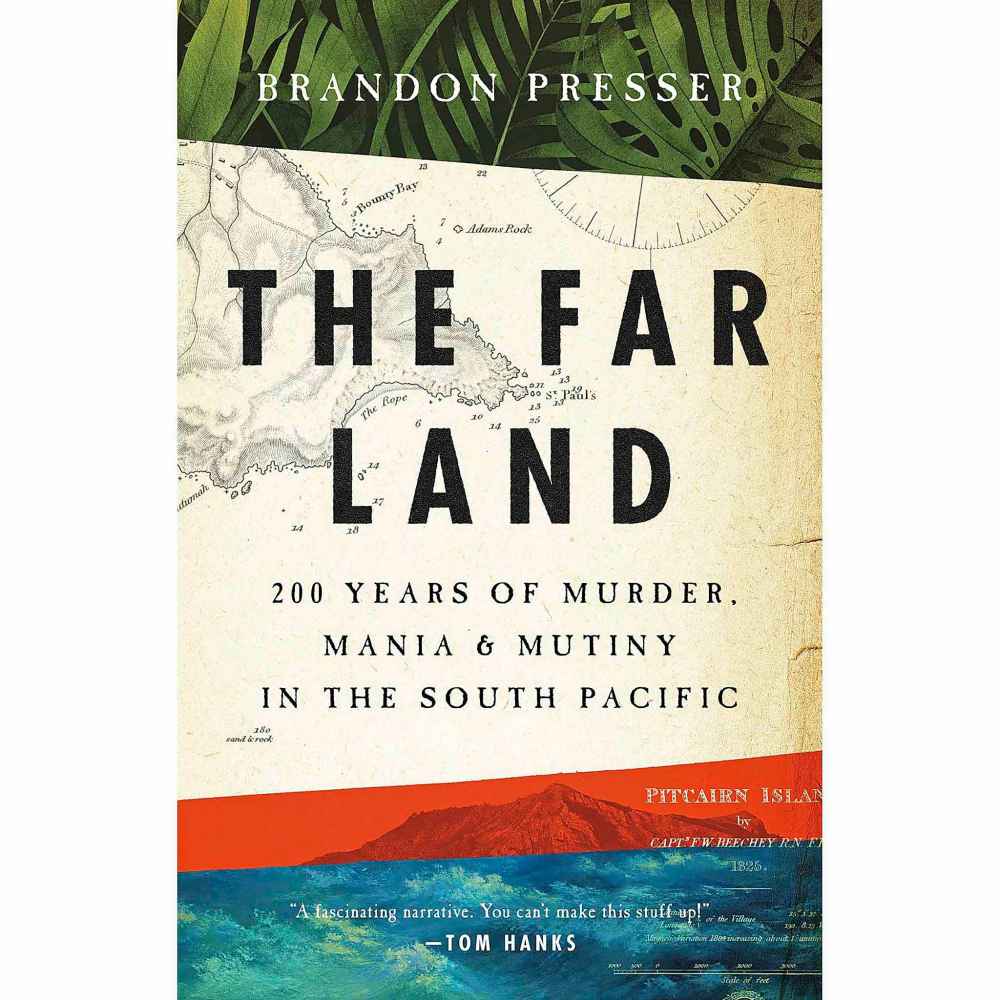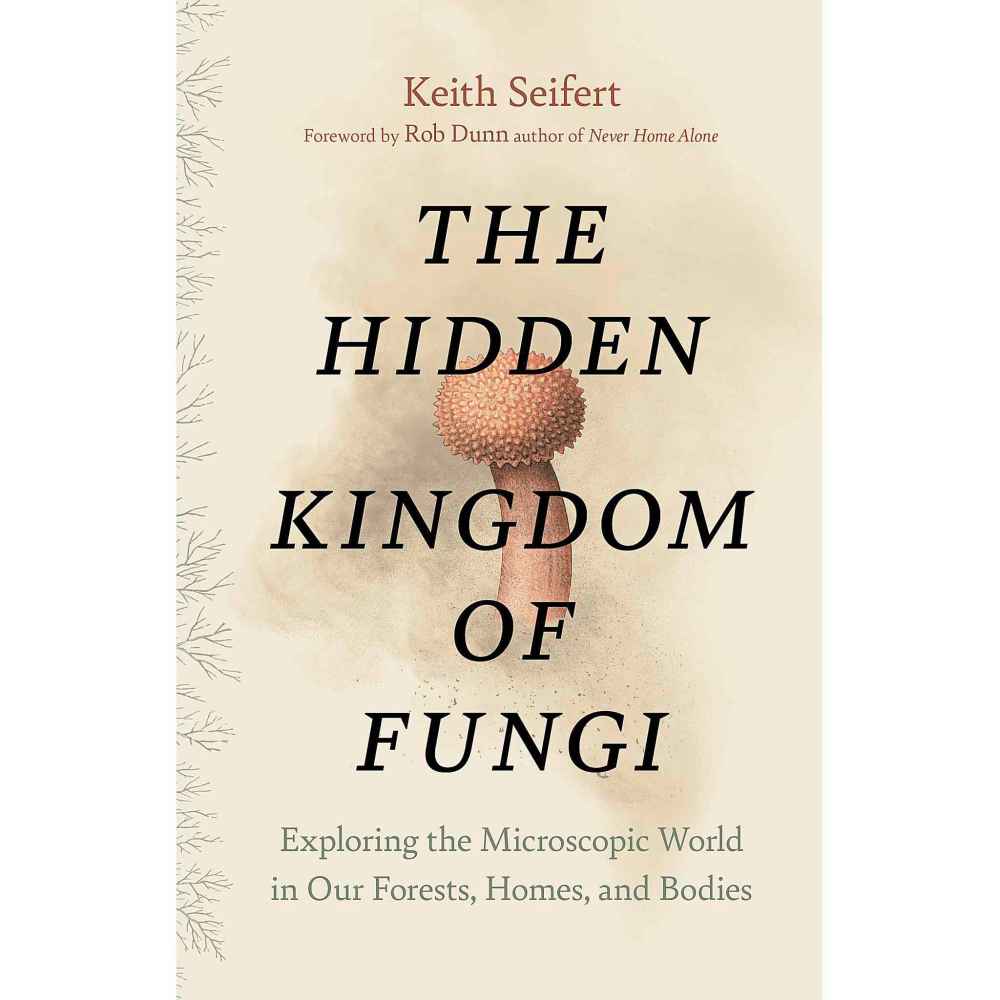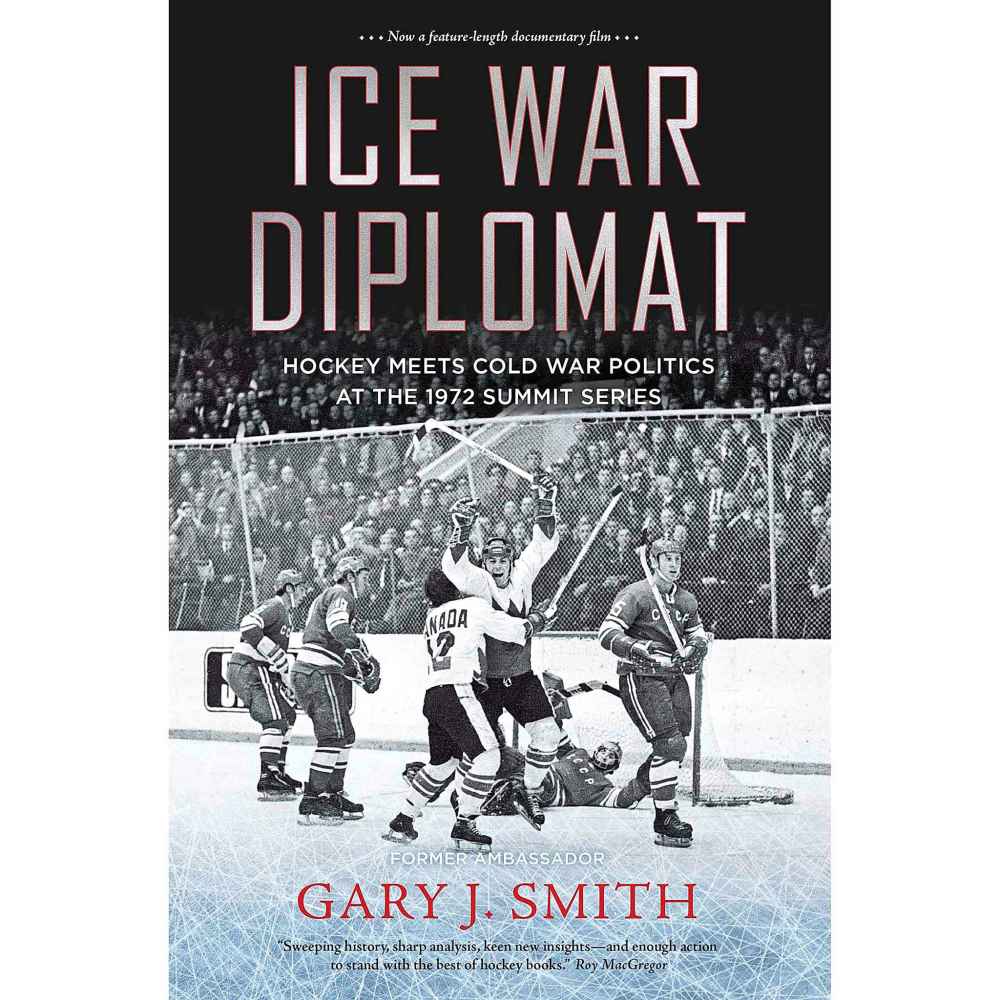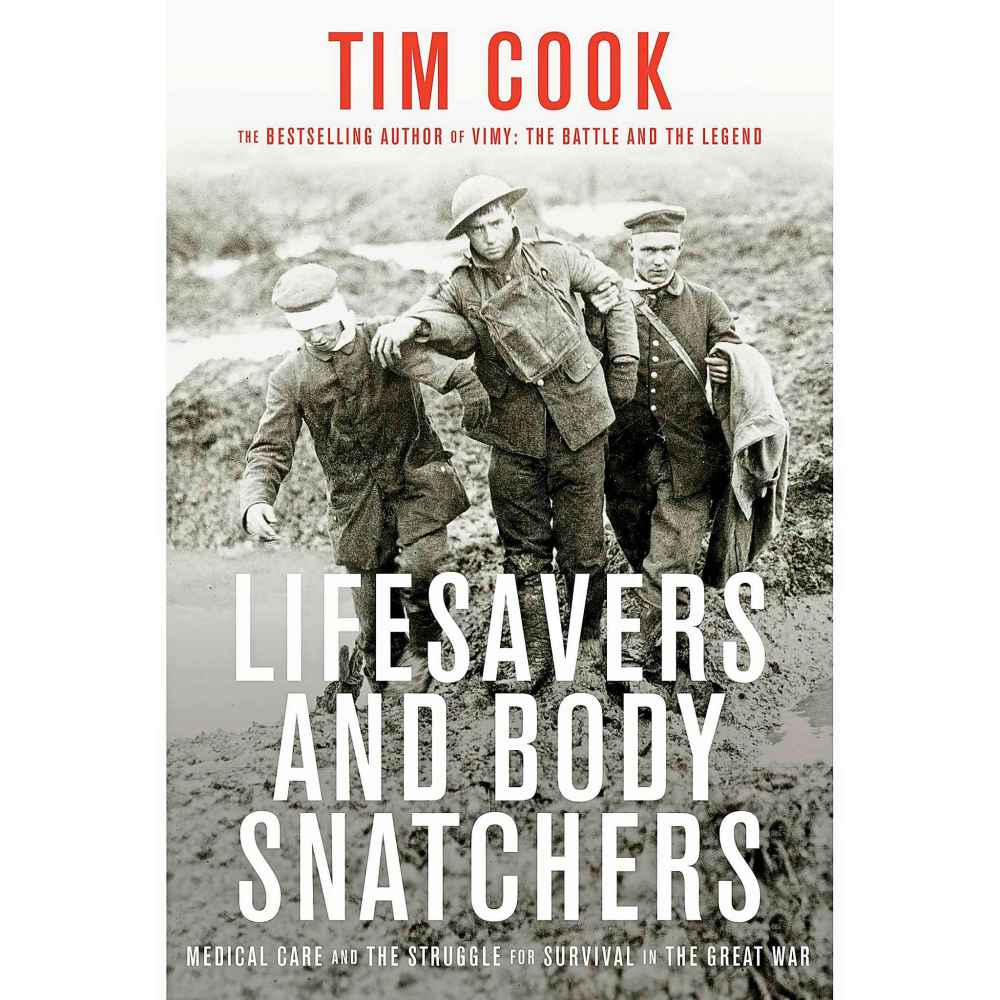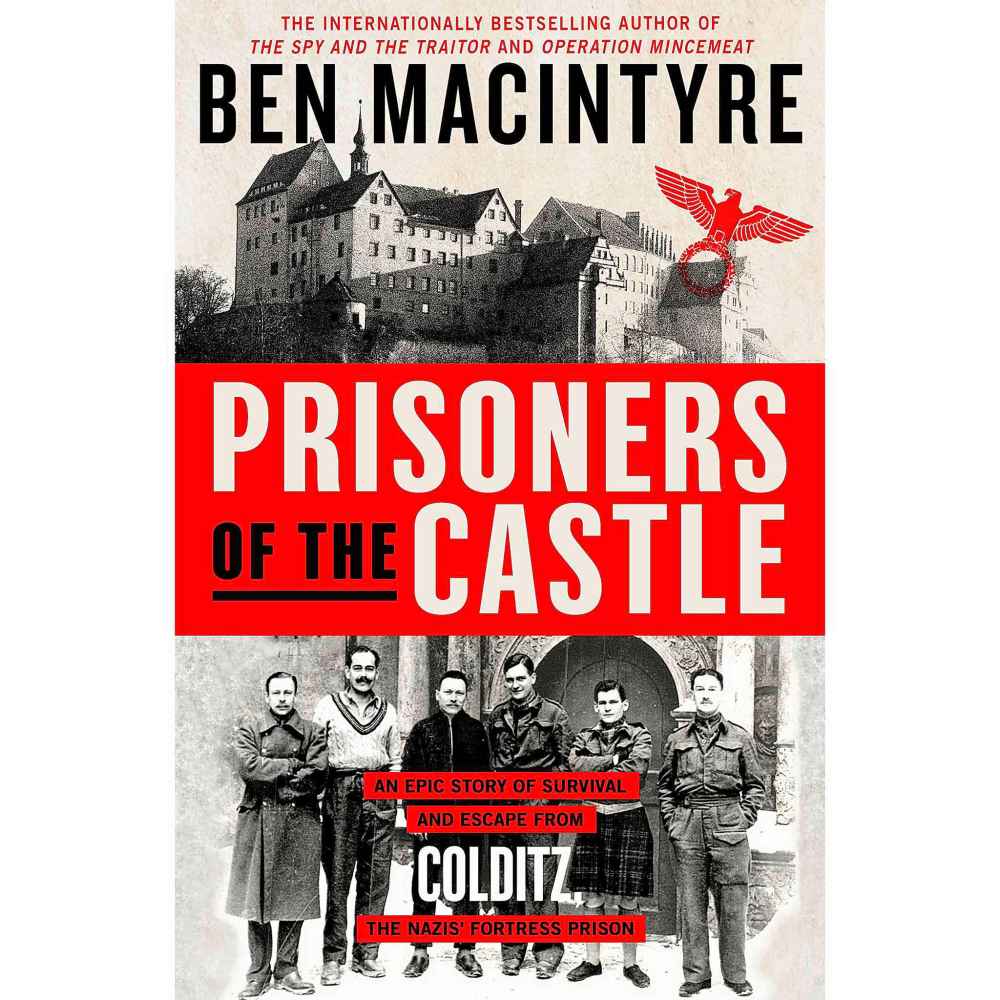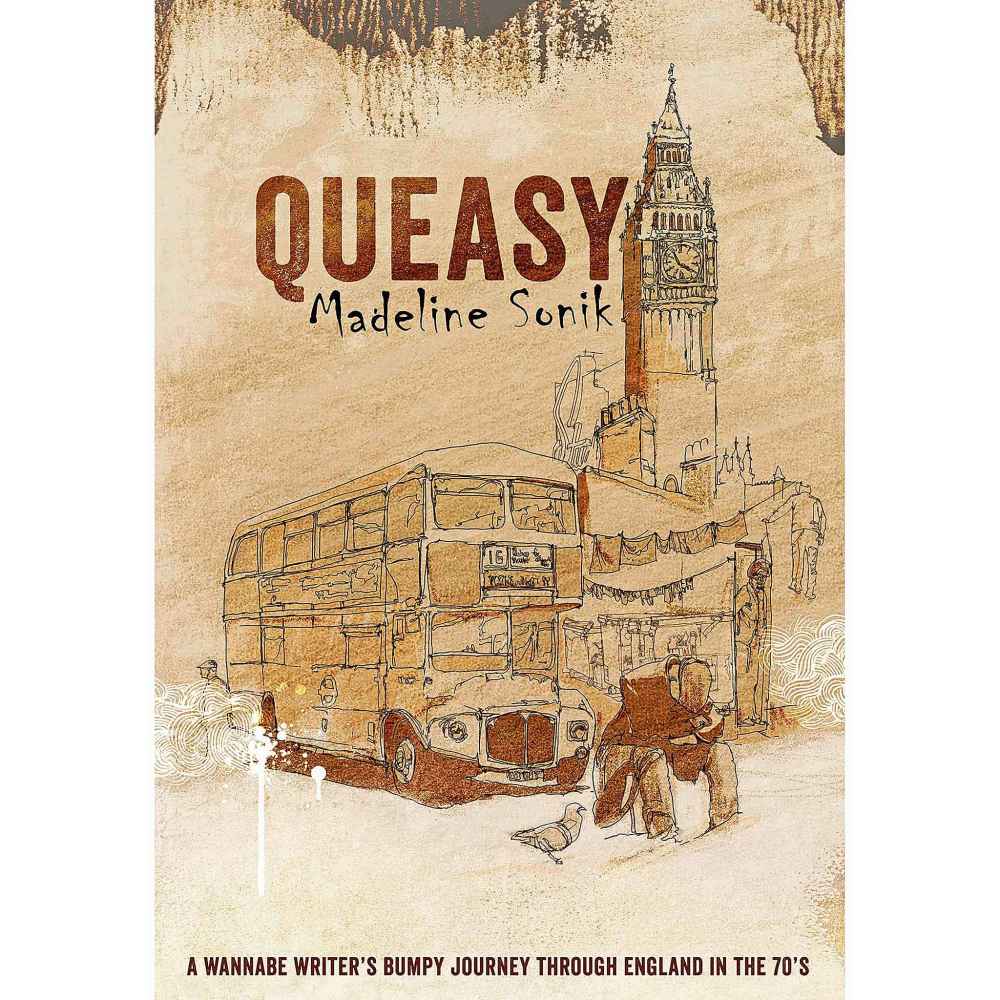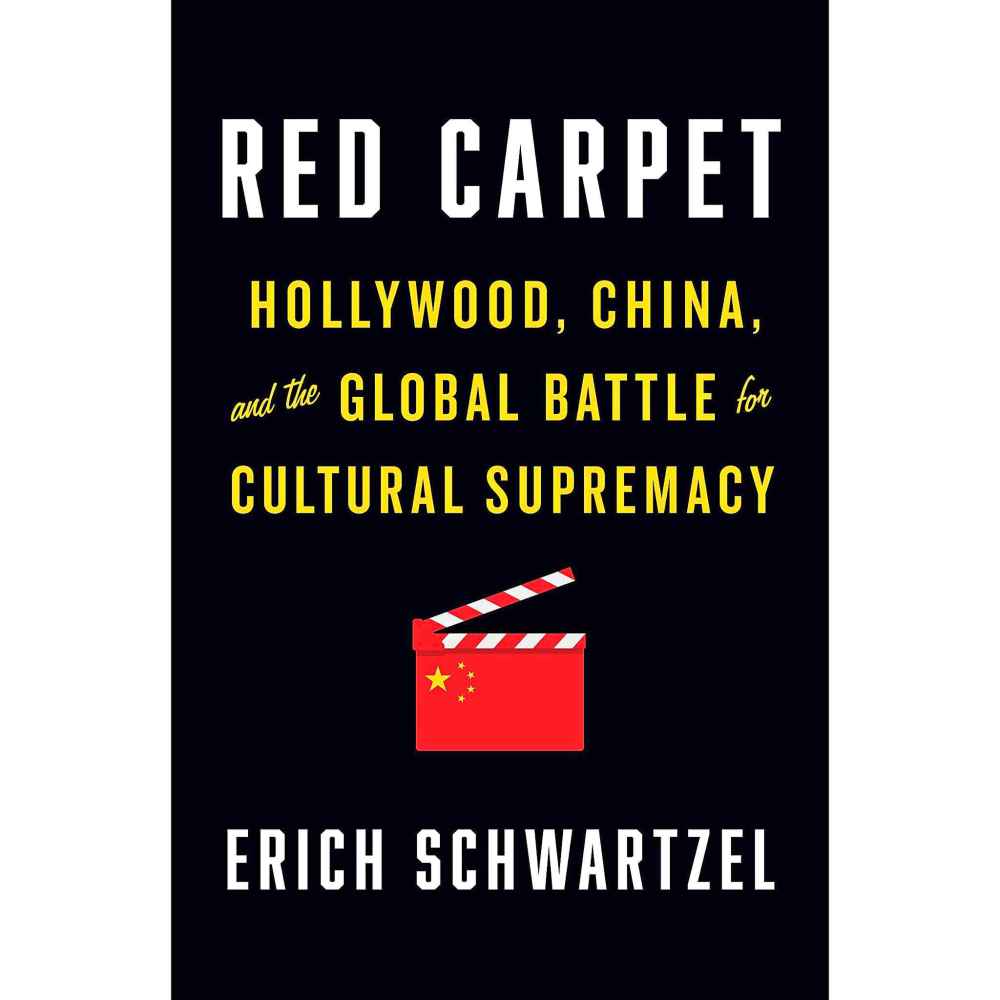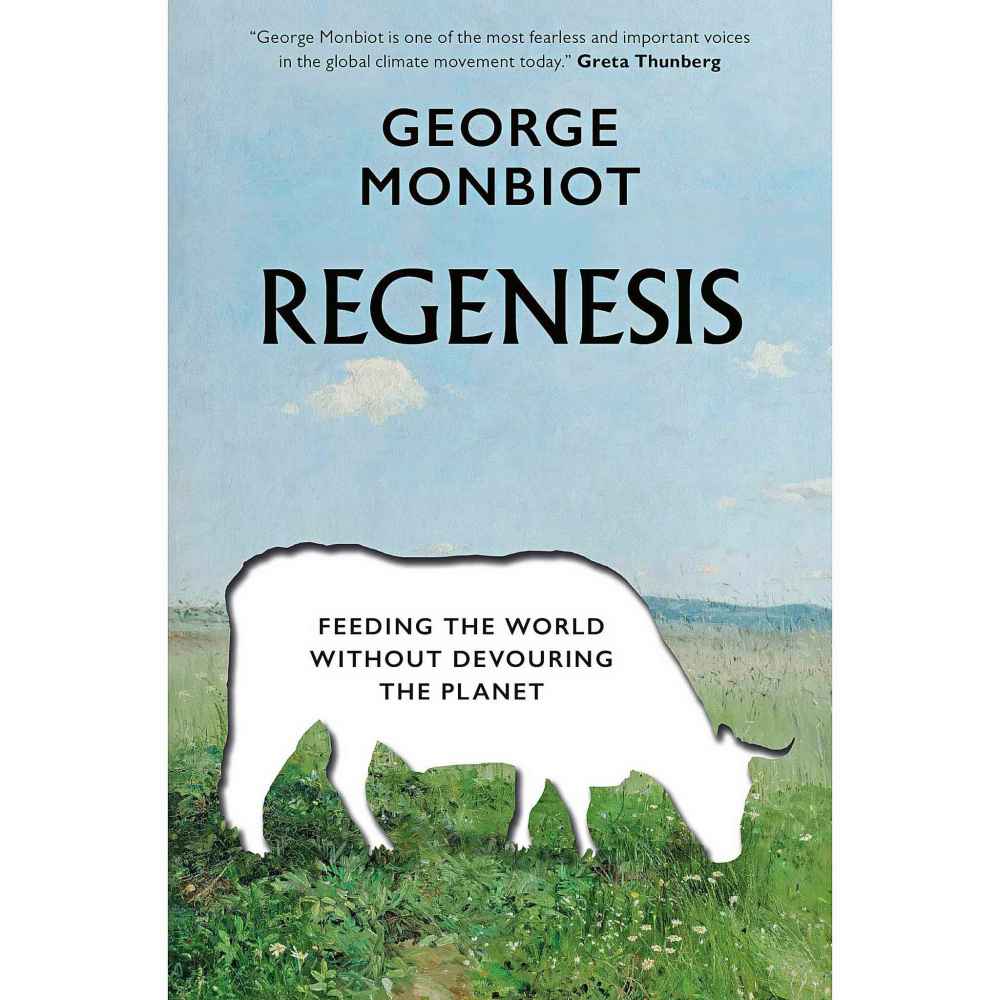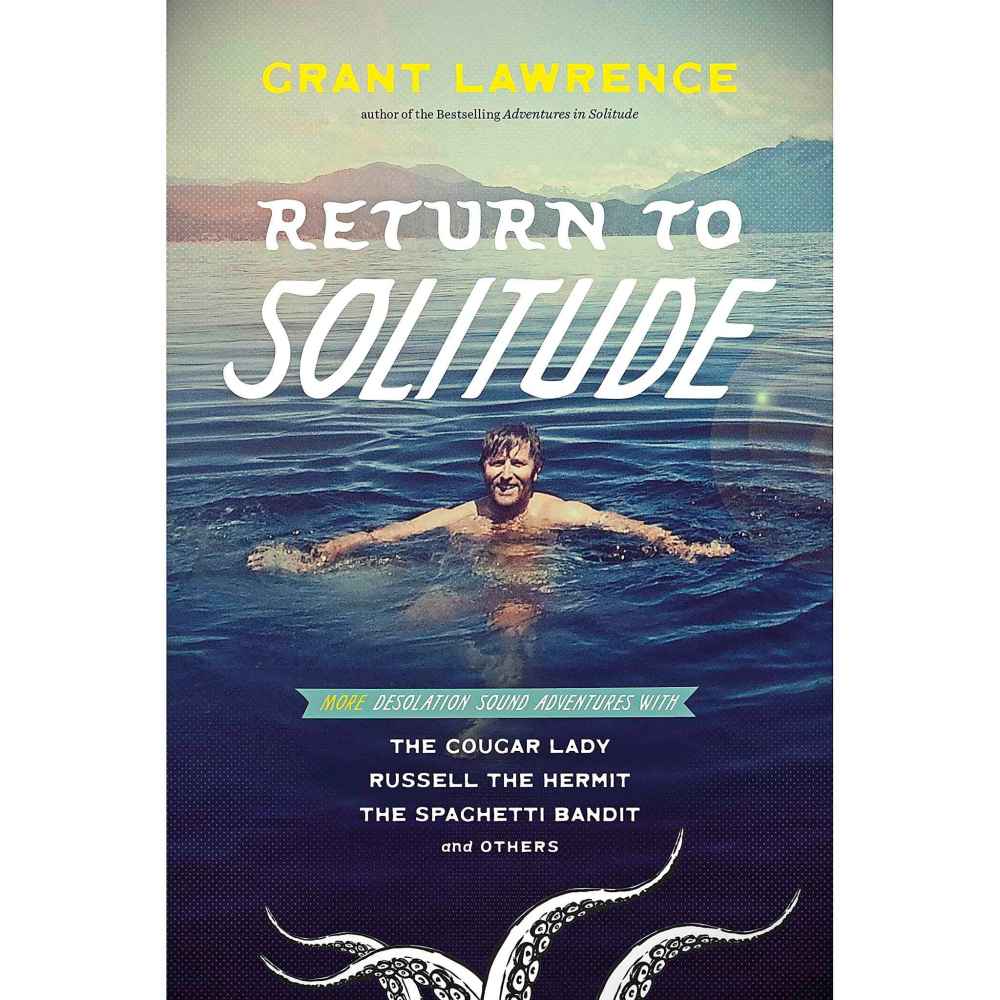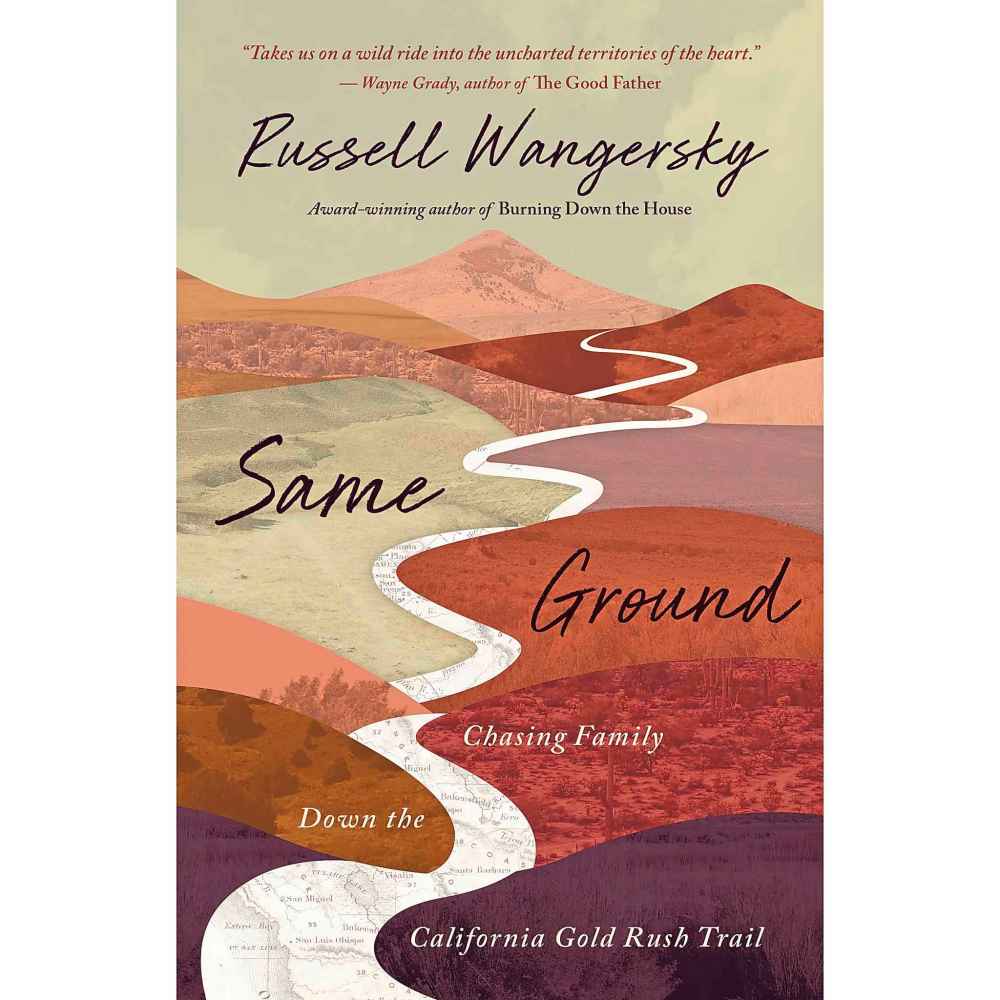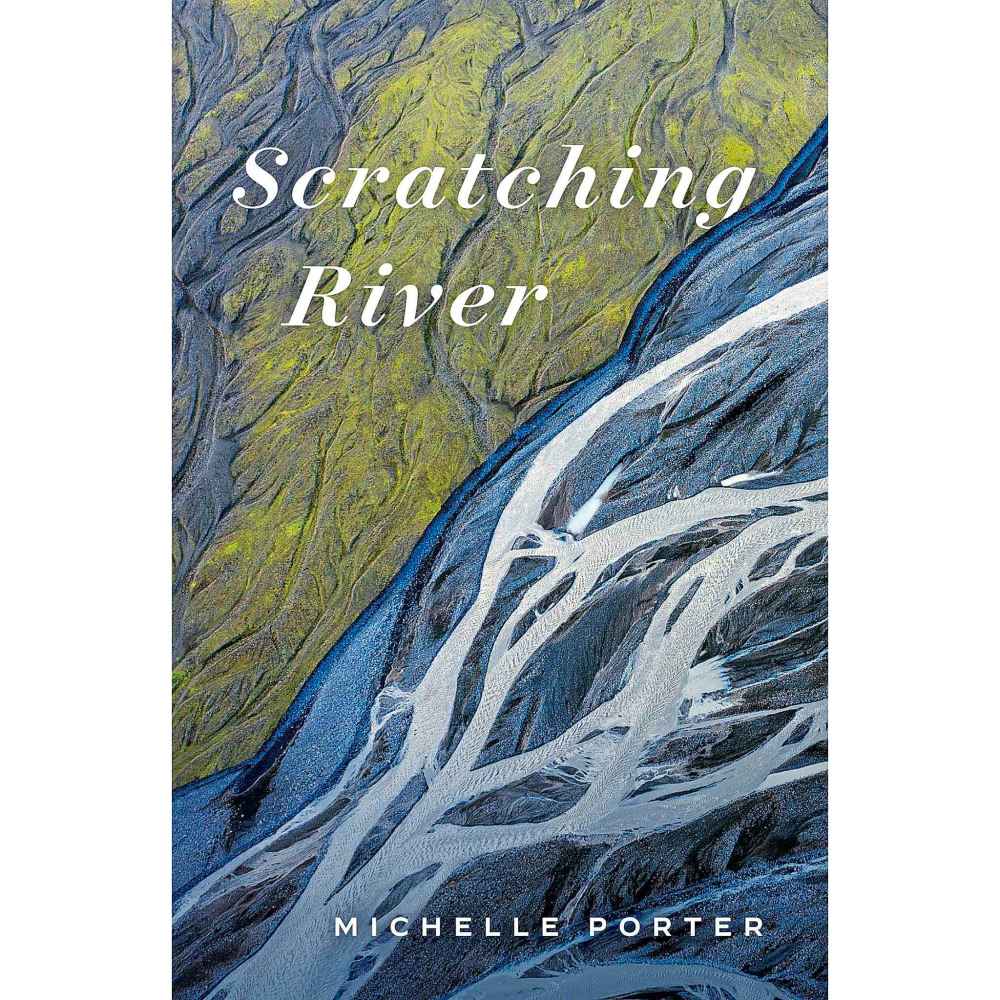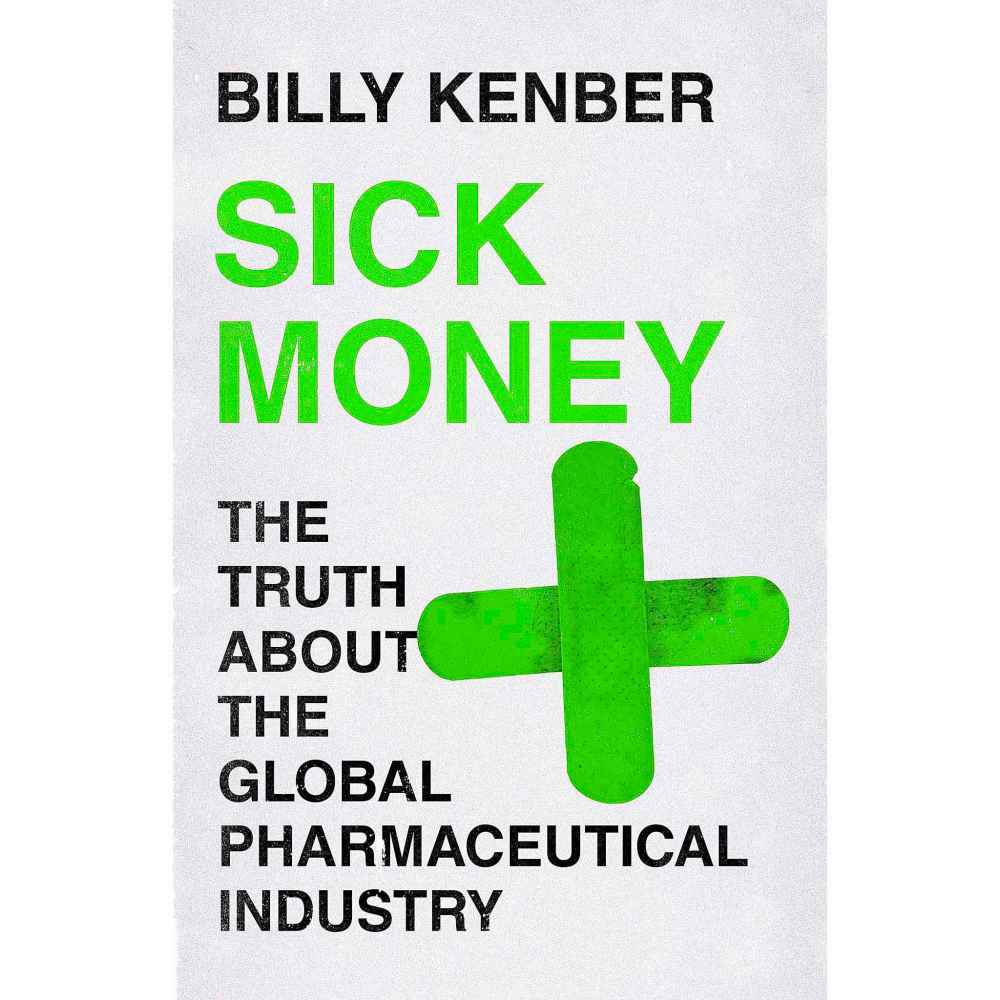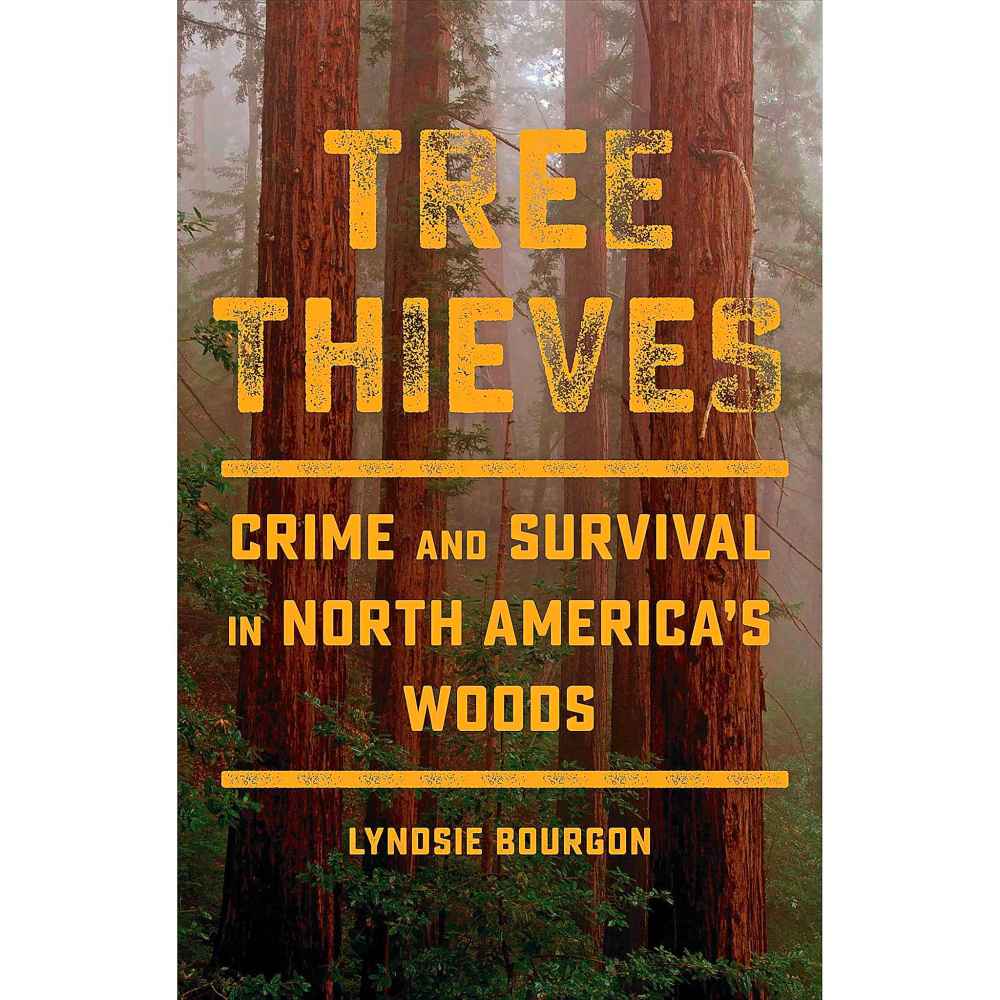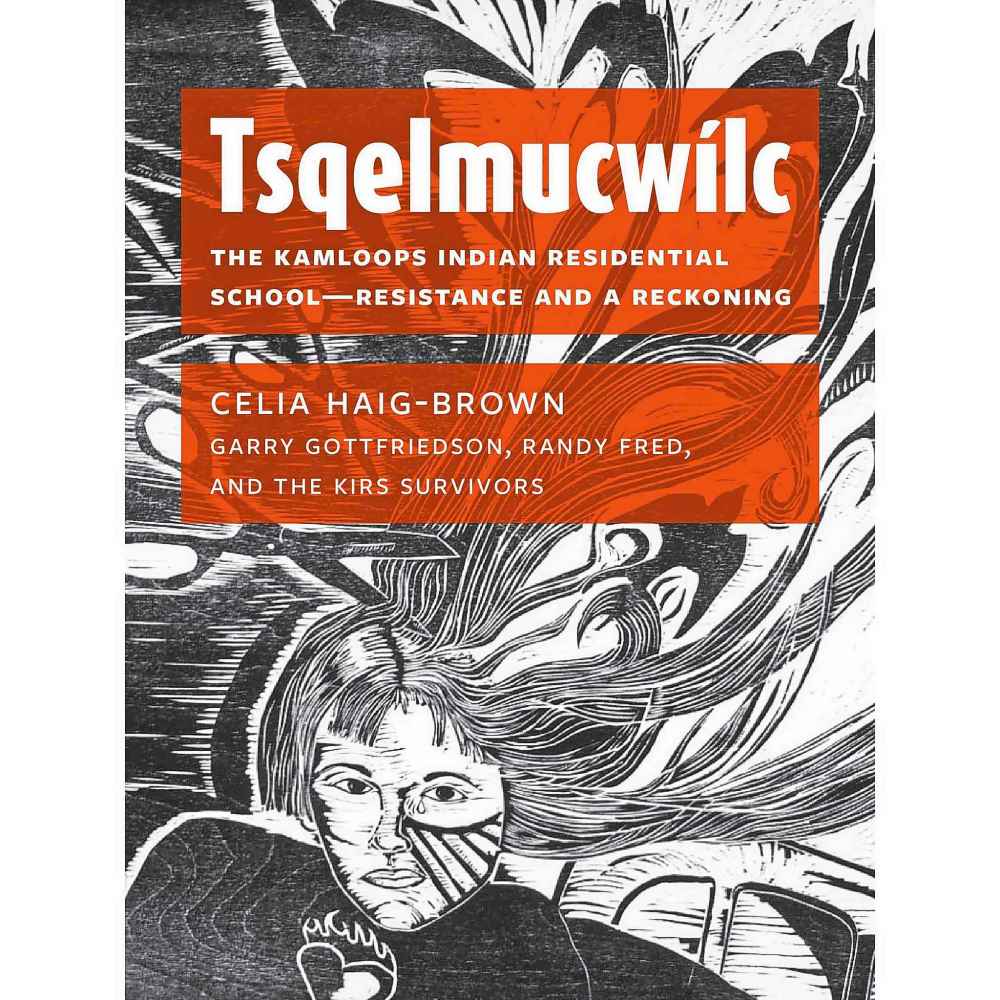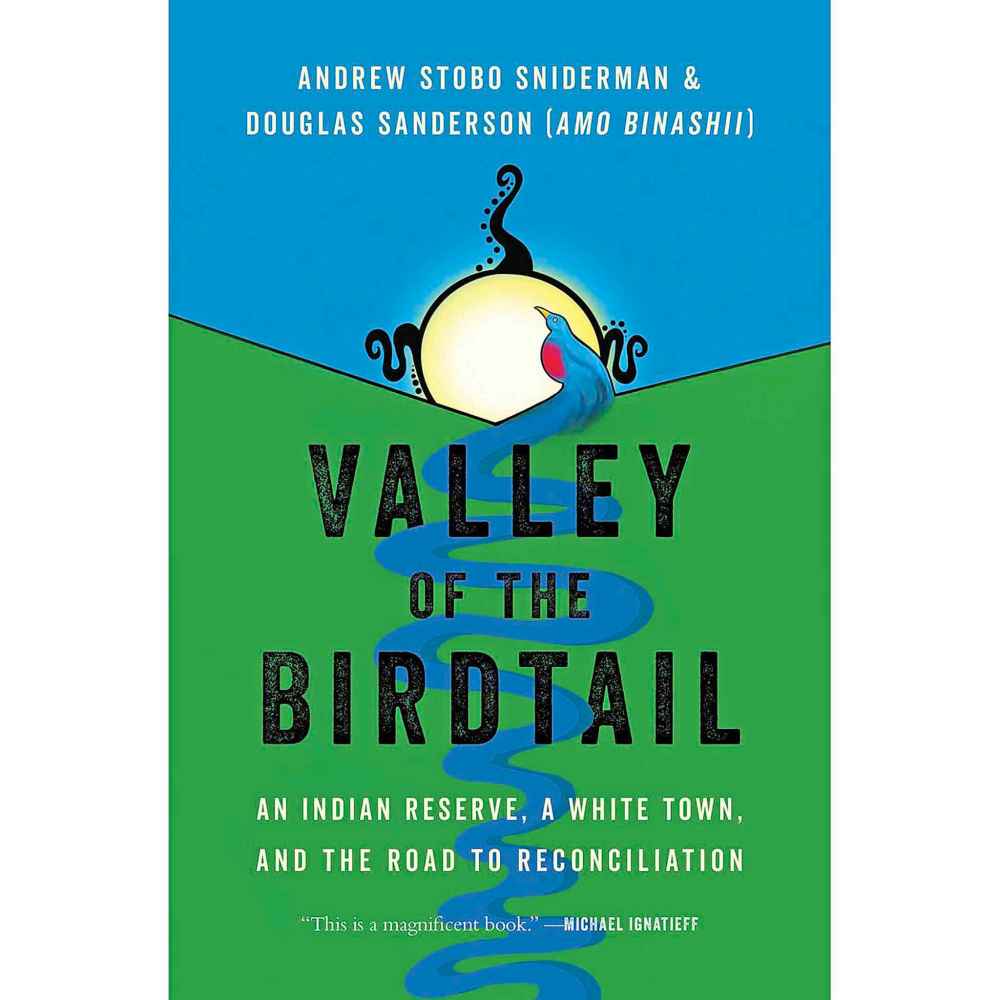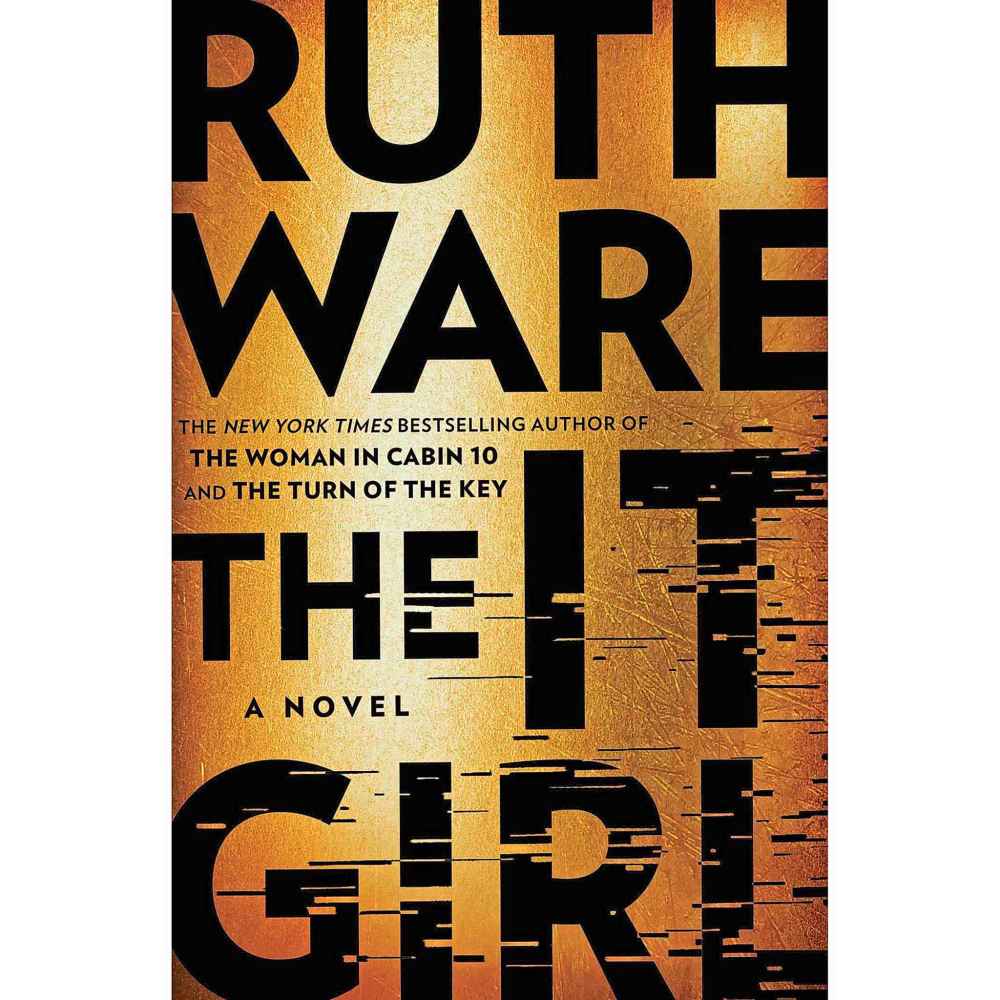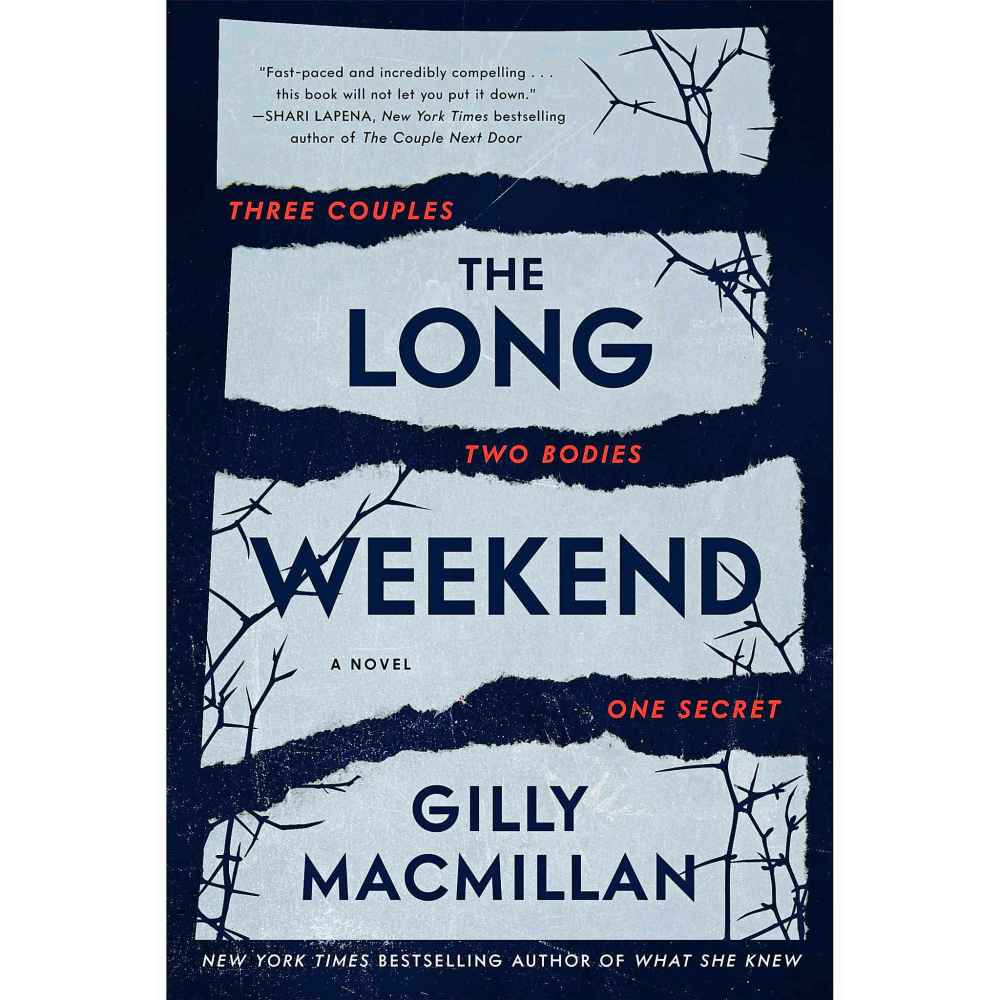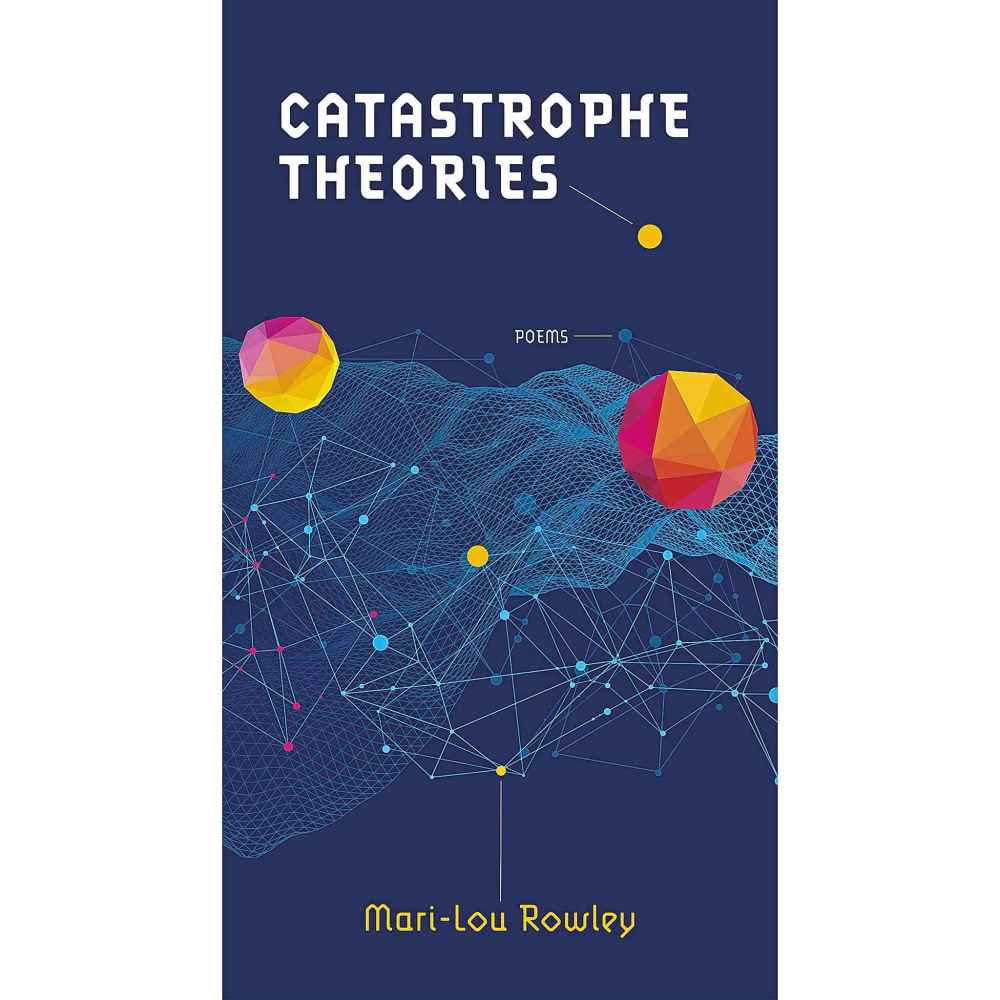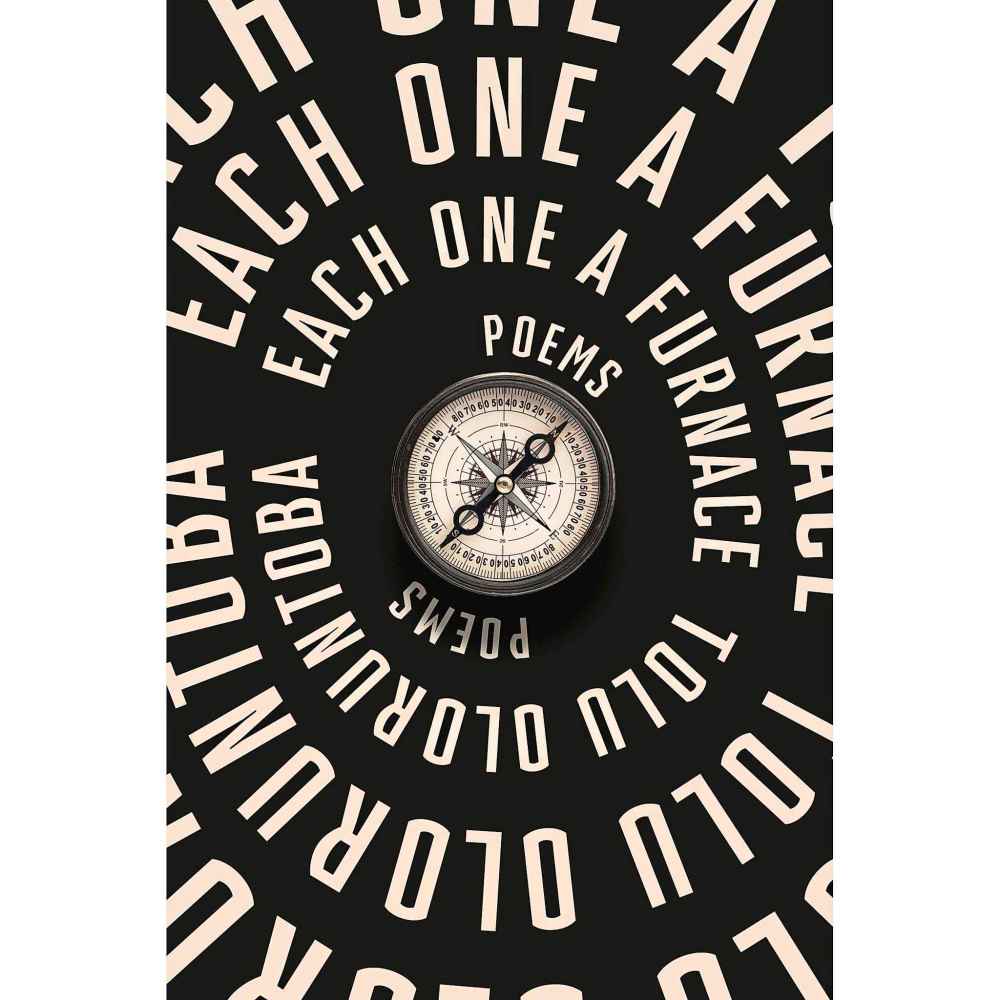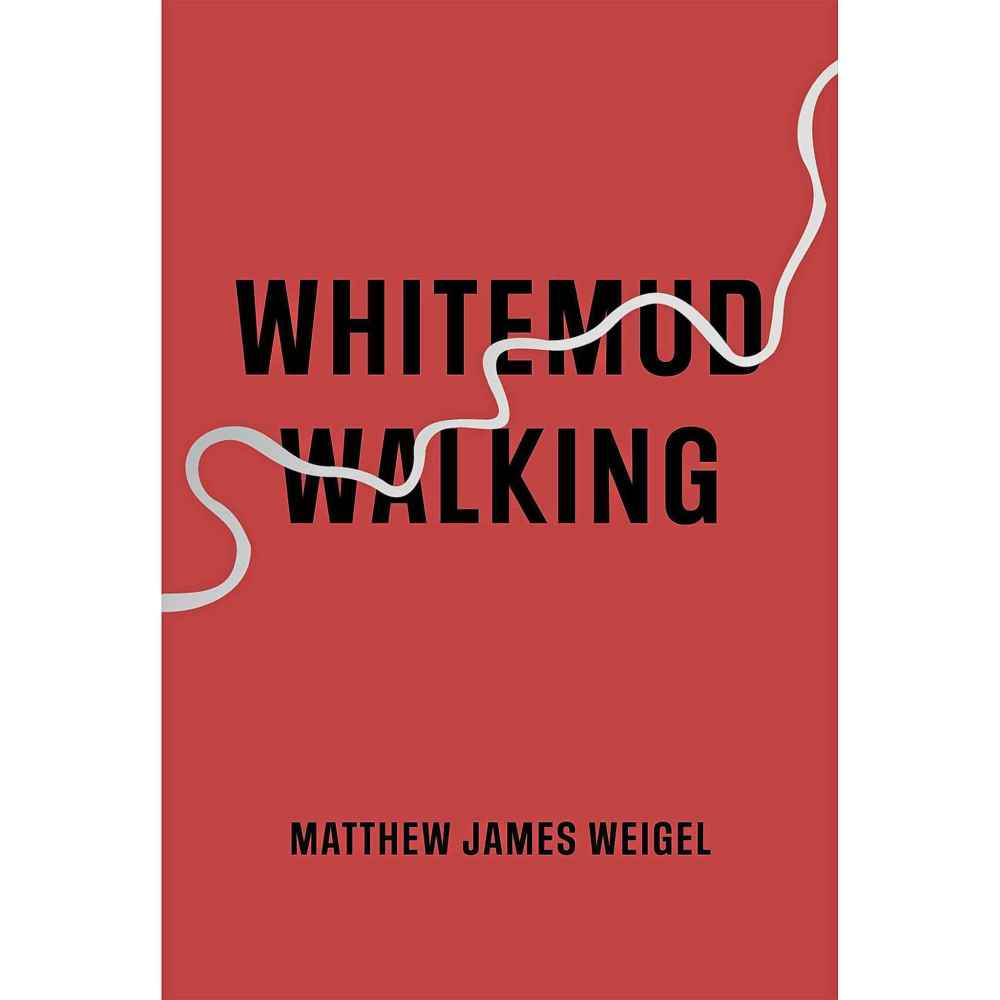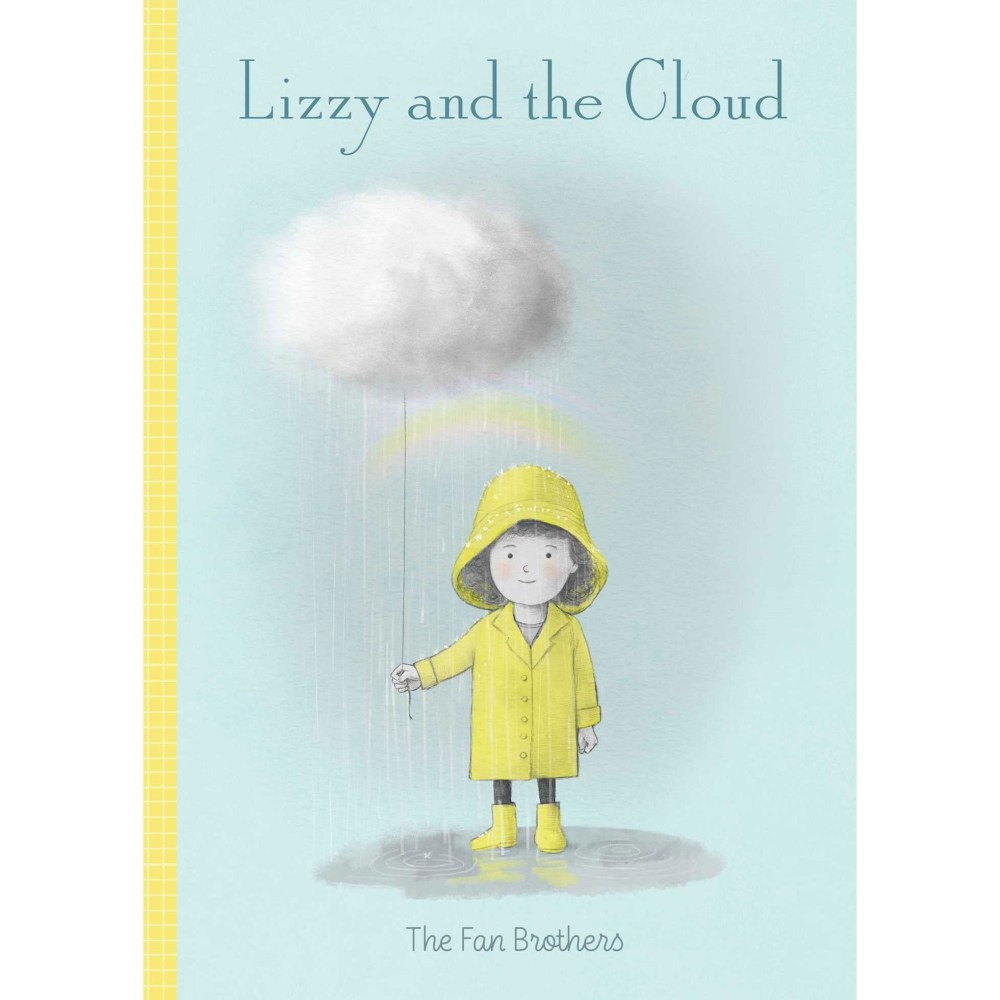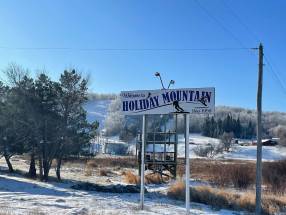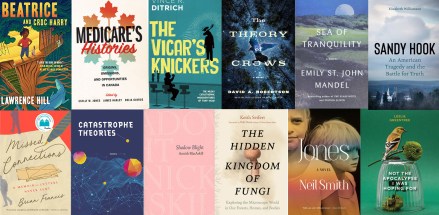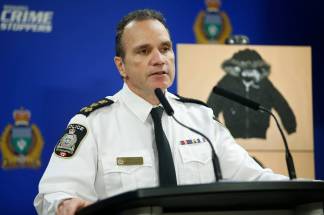Cream of the crop Free Press reviewers weigh in on their top titles for 2022
Read this article for free:
or
Already have an account? Log in here »
To continue reading, please subscribe:
Monthly Digital Subscription
$19 $0 for the first 4 weeks*
- Enjoy unlimited reading on winnipegfreepress.com
- Read the E-Edition, our digital replica newspaper
- Access News Break, our award-winning app
- Play interactive puzzles
*No charge for 4 weeks then billed as $19 every four weeks (new subscribers and qualified returning subscribers only). Cancel anytime.
Read unlimited articles for free today:
or
Already have an account? Log in here »
Hey there, time traveller!
This article was published 08/12/2022 (701 days ago), so information in it may no longer be current.
It’s been another banner year for books across all genres and formats — so much so that the Free Press’s annual roundup of top titles is quite likely the most sprawling it’s ever been.
Whether your preference (or whoever you’re shopping for) is fiction, non-fiction, poetry or thrillers, there are options galore that will surely suit even the most discerning reader…
— Ben Sigurdson, literary editor
FICTION
Act of Oblivion
By Robert Harris
In his latest, author Robert Harris takes readers on an epic, if fictional, manhunt — mostly in the wilderness of New England — for two Englishmen charged in the killing of King Charles I. It is a fascinating work of historical fiction set in a momentous period of British and American history, long on gory details, religious fanaticism and hypocrisy. History buffs, both British and American, will enjoy this book’s detailed look at the past offering a window into the future.
— Gordon Arnold
The Candy House
By Jennifer Egan
A followup to Egan’s Pulitzer-winning Welcome to the Goon Squad, this near-future novel features characters from that book entwined in dozens of stories, in multiple times, all told in a different way — via tweet, first-person plural, text exchanges — all dealing with a new form of technology called Own Your Unconscious, which lets a user upload his memories and watch the memories of others who’ve uploaded theirs like films. It’s a short-ish but epic novel about connectivity and what we give up when we’re too eager to give ourselves away.
— Jill Wilson
Case Study
By Graeme Macrae Burnet
Ironical, intelligent and intriguing from first page to last, this “found documents” novel from the Glasgow-based Macrae Burnet questions the nature of identity, as a young woman in 1960s London invents an alter ego to investigate the unconventional anti-establishment psychiatrist she believes caused her sister’s death.
— Alison Gillmor
Carrie Soto Is Back
By Taylor Jenkins Reid
Retired tennis legend Carrie Soto makes an epic comeback to reclaim her title as Grand Slam queen in Taylor Jenkins Reid’s newest bestseller. An absolute ace of a story, Carrie Soto Is Back is packed with riveting rivalries, electric play-by-plays and a father-daughter-duo that can’t be beat. Whether you love tennis or know nothing about it, you’ll adore Reid’s most exhilarating and poignant novel yet.
— Katrina Sklepowich
Confessions with Keith: Extracts from the Journals of Vita Glass
By Pauline Holdstock
This novel is an engaging, fast-paced tale set in 1990s Victoria. At the outset, the heroine Vita Glass is an emerging writer with four lively children and a husband, but has lately found the spark is gone. The plot thickens after her husband starts behaving oddly, Vita’s writing career takes off, the family is engulfed in chaos and she must confront the situation. Written as journal entries in Vita’s singular voice, this engaging comic novel with its entertaining narrative will appeal to readers who relish domestic stories.
— Bev Sandell Greenberg
Danceland Diary
By dee Hobsbawn-Smith
Set in 1990s rural Saskatchewan and Vancouver, this intriguing debut novel involves three generations of female descendants of an off-colony Hutterite family. At the outset the protagonist, Luka, a horticulturist in her 30s, moves back to her grandmother’s farm where she was raised after her mother mysteriously left. After years of fruitless searching, Luka hopes her elderly, tight-lipped grandmother will finally come clean about her mother’s abrupt and unexplained disappearance. A tale of secrets, trauma and resilience, this compassionate story will resonate with a wide audience of readers.
— Bev Sandell Greenberg
The Diamond Eye
By Kate Quinn
A library assistant trades her pen for a rifle in Kate Quinn’s Second World War drama The Diamond Eye. As determined a soldier as she is a dedicated mother and diligent student, Mila becomes the most successful female sniper in history, earning the title “Lady Death” and the Hero of the Soviet Union award from Stalin himself. Sent on a goodwill tour of the United States, Mila rubs shoulders with diplomats, presidents and spies, encountering an entirely new kind of battlefield. Based on a true story and inspired by real-life heroine Lyudmila Pavlichenko, The Diamond Eye thrills from start to finish.
— Katrina Sklepowich
Estates Large and Small
By Ray Robertson
Some novels are fast food while others are the real meal deal, to be savoured, enjoyed, considered between courses and recommended. Veteran Toronto writer Ray Robertson’s latest deserves the accolade of value for time and money spent. Having said that, it will plant its hook deepest in aging boomers, anyone who ever worked in a bookstore, book lovers or anyone who’s thought they should read Moby Dick, the classics or the best of Western philosophy.
— Ron Robinson
Fayne
By Ann-Marie MacDonald
Fayne is a strange yet winning combination of historical fiction, coming-of-age and mystery, woven through with MacDonald’s trademark social commentary.
— Kathryne Cardwell
I Am Billy the Kid
By Michael Blouin
Ontario novelist and poet Michael Blouin creates a memorable narrative voice for the protagonist of his fifth novel: wise, sardonic, reflective, self-educated, speaking with a kind of formal diction that is reminiscent of Mattie Ross in Charles Portis’s True Grit. “This life is all just a ride on a horse that does not know where it is going,” says Billy in this fascinating, imaginative ride through the west of legend.
— Bob Armstrong
Jones
By Neil Smith
Jones, the sophomore novel from award-winning Montreal translator Neil Smith, features the unforgettable Eli Jones, whose linguistic brilliance and profound connection to whip-smart, troubled sister Abi dazzles and devastates in this darkly funny tale of family dysfunction and enduring sibling love.
— Sara Harms
Lesser Known Monsters of the 21st Century
By Kim Fu
How to categorize the stories in Kim Fu’s Lesser Known Monsters of the 21st Century: dystopian? Horror? Sci-fi? Crime fiction? All of the above? Like all brilliant stories, they transcend the genre to tell us something new and relevant about our human condition. Fu’s stories have no shortage of real horrors — a haunted doll, a sea monster, the hooded sandman hovering above your bed — but her short story collection is really about the modern monsters plaguing our modern nightmares, such as climate disasters and our relationship with technology. Fu’s stories tackle grief, love, loneliness and the desire for human connection; her writing is both empathetic and satirically biting, grounded in banal reality of everyday life while swimming through surreal fantasy.
— Joanne Kelly
Love Marriage
By Monica Ali
England’s Monica Ali offers a plot-rich fifth novel that is mainly focused on a wonderfully well-realized character, 26-year-old Yasmin Ghorami, who is training to be a doctor in contemporary London and planning to marry Joe Sangster, himself a doctor who is not as happy-go-lucky as he seems to be. Joe’s colourful mother, Harriet, heads up a wildly varied supporting cast in over 400 pages made immensely readable by their being divided into 93 brisk chapters.
— Dave Williamson
Mad Honey
By Jodi Picoult and Jennifer Finney Boylan
In Mad Honey, best-selling authors Jodi Picoult and Jennifer Finney Boylan present two strong women who take turns narrating a gripping and moving new novel. The narration circles around, before and after a pivotal event in their lives, with excruciatingly realistic beauty and pain. Mad Honey will not disappoint any of these brilliant authors’ fans.
— Bill Rambo
Not the Apocalypse I Was Hoping For
By Leslie Greentree
Alberta writer Leslie Greentree’s collection of short stories, Not The Apocalypse I Was Hoping For, is a dark, edgy, often-moving and death-haunted look at a middle class now encasing itself in social media. The disconnect amongst people is crippling the individual and the society, and Greentree charts it in beautifully written fervent prose.
— Rory Runnells
Our Missing Hearts
By Celeste Ng
Chinese-American author Celeste Ng explores censorship, racism and the power of art and words through the story of a mother’s love for her child. While her novel technically qualifies as dystopian fiction, the eerily relatable world and heart-wrenching story she creates may make readers ask if her story really is fiction.
— Kathryne Cardwell
Sea of Tranquility
By Emily St. John Mandel
Time travel, lunar colonies, pandemics (plural), a potential corruption in what is thought to be reality and more: writing an elevator pitch for Emily St. John Mandel’s latest novel would be a most unenviable task. Written shortly after the COVID-19 pandemic began, the novel often favours feeling over detail, offering ruminations on parenthood, family and isolation. Much like her 2014 novel Station Eleven, at the core of Sea of Tranquility is a beautifully written treatise on art, humanity and beauty — one which, in St. John Mandel’s capable hands, shimmers timelessly across time and space.
— Ben Sigurdson
Some Hellish
By Nicholas Herring
Comparisons to the great David Adams Richards are inevitable, because of the working-class characters and the geography, but really Herring is utterly distinct. The style and sweep, the metaphorical richness, come from some place only in Nicholas Herring’s mind, a place where Shakespeare becomes the new Metallica bass player and speaks Atlantic-Canadian, telling loud, sacrilegious, offensive jokes. And it won the Atwood Gibson Writers’ Trust Fiction Prize. Read the f—ing thing. Remember his name.
— Maurice Mierau
The Soviet Sisters
By Anika Scott
Based partially on a true story and characters typical of post-Stalinist Soviet life, this book tells a story of two sisters dealing with the consequences of betrayal. The differences between the sister in the prison camp and the one working for Soviet authorities seems clear at first, but readers soon discover the story is not as simple as it seems. The book’s surprise ending helps round out this very engaging story.
— Susan Huebert
Tear
By Erica McKeen
A fascinating work of horror fiction and sure to be a trendsetter in Canadian publishing, Erica McKeen’s debut novel is incredibly grim, beautifully written, insightful, poetic, dripping with empathy and unashamedly horrific. Reclusive university student Frances lives in the basement apartment of a house which she shares with three other students. Not one to venture outside her small space more than is needed, she becomes frantic when she learns she can not get out of the basement at all. The plot takes some incredible twists and avoids the standard horror trappings in favour of something truly original.
— Keith Cadieux
Teenager
By Bud Smith
Bud Smith’s Teenager is a wild ride, a tragic love story that follows misfit teenage lovers on a road trip across America as they flee the consequences of mistake after brutal mistake. Smith, a prolific indie writer for the past decade, has a knack for crafting sympathetic portraits of the down and out. He’s also really funny, turning otherwise heartbreaking scenarios inside out with a quick turn of phrase or keenly placed observation. With Teenager, Smith confronts American myths, from Manifest Destiny to Elvis as King of Men, head on, turning them inside out in the process.
— Sheldon Birnie
The Theory of Crows
By David A. Robertson
Prolific Manitoba writer David A. Robertson continues to publish new work at an intense pace. A member of Norway House Cree Nation, Robertson’s latest adult novel is The Theory of Crows, an interconnected story that includes a fractured relationship between a father and teenage daughter, a critical family connection to ancestral land and the significant healing that happens on a shared journey. It’s full of heart, adventure and forces of nature.
— Deborah Bowers
Things Have Gotten Worse Since We Last Spoke
By Eric LaRocca
A reissue of a novella that went viral in 2021, this short collection (one novella and one new short story) has cemented Eric LaRocca as a celebrity horror writer. The title story is a fantastic take on the found document subgenre (think Blair Witch, but with writing) and is told through the emails and text messages of two women with a bizarre relationship. It’s best to go into this one not knowing what to expect. Fans of the dark and gruesome will not be disappointed.
—Keith Cadieux
The Vicar’s Knickers
By Vince R. Ditrich
He’s back, and things are still not going smoothly for Tony Vicar, a down-on-his-luck musician, DJ and Elvis impersonator who is somehow able to alter others’ fates. He only wants to live a quiet life but now has to save everyone again. In this second of a planned trilogy, things take on a decidedly serious and deadly turn, although it helps when you have superpowers — especially ones you don’t know you have. Filled with biting satire and social commentary, The Vicar’s Knickers is a fun romp and a wordsmith’s delight.
— Chris Rutkowski
Vladimir
By Julia May Jonas
This delicously provocative campus novel starts with a simple question — how did an English professor at a small liberal arts college end up tying a beautiful young man to a chair? — before taking a cynical, sharply funny look at contemporary university politics, cross-generational conflict and the power of middle-aged female rage.
— Alison Gillmor
When We Lost Our Heads
By Heather O’Neill
Acclaimed Canadian author Heather O’Neill’s fourth novel combines her trademark whimsy, beautiful prose and skilful storytelling with sharp criticism of gender, feminism, class and power. When We Lost Our Heads is a spellbinding tale of two enigmatic women in 19th-century Montreal whose toxic friendship ignites a revolution.
— Kathryne Cardwell
Young Mungo
By Douglas Stuart
The Scottish-American writer’s excellent second novel, a coming-of-age story of a gay boy in a Glasgow slum, bears many similarities to his 2020 Booker Prize-winning debut, Shuggie Bain. But its structure and foreshadowing are more complex, its conflicts more starkly delineated. Stuart does a better job of fleshing out secondary characters and of creating page-turning suspense with two timelines that eventually converge in searing scenes of violence and revenge.
— Morley Walker
NON-FICTION
Battle of the Atlantic: Gauntlet to Victory
By Ted Barris
Prolific Canadian popular historian Ted Barris, the author of numerous works of military history, recounts the Battle of the Atlantic with an emphasis on Canada’s contributions. He evokes the heroism and tragedy of this grim, gruelling struggle in which the very survival of Britain was at stake.
— Graeme Voyer
Cabin Fever: The Harrowing Journey of a Cruise Ship at the Dawn of a Pandemic
By Michael Smith and Jonathan Franklin
Investigative journalists Smith and Franklin present a different cruise experience with Cabin Fever, and the view though that porthole ain’t pretty. This riveting, deep dive into the Holland America ship MS Zaandam is a story we all know: on March 7, 2020, the 10-storey high party boat departed Argentina for a lengthy cruise around South America. As COVID-19 continued its rampage around the globe, countries quickly closed ports of entry. When the ill-prepared Zaandam was finally allowed to dock in Florida on April 2, hundreds of its 1,800 passengers and crew were deathly ill, as detailed in countless interviews with Zaandam’s passengers and crew. Talk about the cruise from hell.
— GC Cabana-Coldwell
The Chaos Machine: The Inside Story of How Social Media Rewired our Minds and Our World
By Max Fisher
Max Fisher is a New York Times reporter and Pulitzer Prize 2019 finalist who has written extensively on political instability across the globe. The Chaos Machine builds on his journalistic work and provides a comprehensive picture of how social media and the use of algorithms amplifies social passions while disrupting personal lives and entire societies. Fisher extensively uses various reports, media stories, leaked documents and interviews with industry insiders to support his case, and it is not a pleasant story.
— Christopher Adams
Cobalt: Cradle of the Demon Metals, Birth of a Mining Superpower
By Charlie Angus
Canada’s legacy domestically and abroad in terms of resource extraction is undoubtedly heinous. In Cobalt, Charlie Angus uses the history of a small northern mining town to illustrate how land and people are exploited in the name of corporate greed and western shortsightedness. Compelling as a history unto itself, Cobalt acts as a mirror to all Canadians about the cause and consequences of unfettered capitalism at the expense of Indigenous peoples, labour and the planet.
— Matt Henderson
Day Of The Assassins: A History Of Political Murder
By Michael Burleigh
Day Of The Assassins is a macabre page-turner that explores political murder throughout western history. But it’s not the fame of the victims that intrigues; rather, it’s the details of their deaths. When Lebanese prime minister Rafik Hariri was reduced to pink mist by 500 kilograms of TNT in 2005, for example, his manicured fingernails and a bit of a new tie were all that remained to identify him. It’s that kind of detail that makes historian Michael Burleigh’s 13th book hard to forget.
— Gerald Flood
Ducks: Two Years in the Oil Sands
By Kate Beaton
This stunning graphic memoir by Cape Breton cartoonist Kate Beaton chronicles her time working in the oil sands of Alberta during her early 20s. Through an impeccable sense of place, Ducks presents the realities of camp life in an affecting coming-of-age narrative that also explores class, gender and the personal cost of exported labour.
— Nyala Ali
The Far Land: 200 Years of Murder, Mania, & Mutiny In The South Pacific
By Brandon Presser
Pitcairn Island is a name that lives in romantic infamy, ever since 1790 when mutineers from the ship Bounty marooned themselves there and quickly turned it into nightmare of murder and madness. Today, 46 descendants of the mutineers call the island home, but it is no paradise. As Canadian-born travel writer Brandon Presser found, it’s “like a trailer park at the end of the world.”
— Gerald Flood
The Future Is Now: Solving the Climate Crisis with Today’s Technologies
By Bob McDonald
Author, CBC science commentator and Order of Canada recipient Bob McDonald reveals an array of alternate energy sources that could dramatically lessen the world’s reliance on fossil fuels. Solar, wind, geothermal and tidal power are touted as obvious alternatives while revealing the futuristic promise of fusion machines that replicate power produced by the sun and other stars.
— Joseph Hnatiuk
The Genesis Machine: Our Quest to Rewrite Life in the Age of Synthetic Biology
By Amy Webb and Andrew Hessel
From mRNA vaccines, on the one hand, to the enhancement of embryos on the other, genetic editing has exploded onto the human scene. In The Genesis Machine, Webb and Hessel make sense of the new developments that CRISPR has made possible. A fascinating book, equal parts hopeful and scary.
— Reinhold Kramer
Hearts on Fire: Six Years That Changed Canadian Music 2000-2005
By Michael Barclay
In Hearts on Fire, Canadian music journalist Michael Barclay delivers an lengthy analysis of how independent artists from across Canada took the world by storm in the early days of the 21st century, changing the cultural and musical landscape for those who came up after. Based on over 100 original interviews, plus plenty of archival material galore, there is more than enough for any Canadian music fan, casual or serious, to dig into here. While he may not get everything right, or do all the bands who produced quality work during the period justice, Barclay does an admirable job of establishing the connections between seemingly disparate artists, be they overlapping personnel, recurring players in the Canadian media landscape.
— Sheldon Birnie
Hemingway’s Widow: The Life and Legacy of Mary Welsh Hemingway
By Timothy Christian
In this well-researched biography, Canadian professor Timothy Christian delves into the life of Mary Welsh, making a case for her being the most important of author Ernest Hemingway’s four wives, and likely the most intriguing. Mary was with Ernest for much of his turbulent life, marrying him in 1946, accompanying him on many of his adventures, celebrating his Nobel Prize in Literature in 1954 and having to deal with his 1961 suicide.
— Dave Williamson
The Hidden Kingdom of Fungi: Exploring the Microscopic World in Our Forests, Homes, and Bodies
By Keith Seifert
There have been several works published on all things fungal in the last year, and Canadian mycologist Keith Seifert’s is one of the best. Seifert directs our attention not to mushrooms but to less obvious examples of fungi, illuminating the multiple critical roles they play in our lives and ecosystems. Without presupposing too much background knowledge, Seifert is able to educate and entertain, combining an accessible presentation of scientific concepts with amusing (and occasionally disturbing) anecdotes and trivia.
— Jarett Myskiw
I Am Because We Are: An African Mother’s Fight for the Soul of a Nation
By Chidiogo Akunyili-Parr
Narrated mainly in Dora Akunyili’s voice, this book tells the story of a pharmacist’s work to deal with the trade in fraudulent or watered-down medications. With insights into medical issues and the effects of drugs on life in Nigeria, combined with a compelling family story, this book is well worth reading.
— Susan Huebert
Ice War Diplomat: Hockey Meets Cold War Politics at the 1972 Summit Series
By Gary J. Smith
A nuanced and deftly told insider’s account of the early 1970s Cold War politics that led to the epic 1972 eight-game summit hockey series between Canadian NHL stars and the Soviet Union’s best, the original intent of which was to thaw relations between the Soviets and Western democracies. It didn’t quite work out that way.
— Douglas J. Johnston
Lifesavers and Body Snatchers: Medical Care and the Struggle for Survival in the Great War
By Tim Cook
Can anything good come out of a world war? Canadian historian Tim Cook answers that question in this detailed door stopper, with a focus on the medical war featuring personal narratives and that includes just enough statistics to reinforce his conclusions. This is not a book for the squeamish; it’s rare to feel such distress as when reading Cook’s litany of horrors faced by those who served Canada in the First World War.
— Ron Robinson
Medicare’s Histories: Origins, Omissions and Opportunities
Edited by Esyllt W. Jones, James Hanley and Delia Gavrus
A worthwhile read, after our provincial government gutted our public health system, only to announce the solution is to reward private providers. These well-written essays analyze various aspects of health care from the time the system was conceived — elder and home care, nursing, childbirth and provision to the disabled and others — to show where it has succeeded and point out the reasons when and why it has not. Despite its flaws, Canadians value their taxpayer-funded (almost) universal system. Medicare prevents, treats and cures illness on a broad scale, but can continue to do so only if it is supported, improved and extended. This book will inform readers who want to take part in the debate in the coming months.
— Harriet Zaidman
Prisoners of the Castle: An Epic Story of Survival and Escape from Colditz, the Nazis’ Fortress Prison
By Ben Macintyre
This is the ideal gift for that Second World War buff in your family. Ben Macintyre has researched a familiar story of stiff-upper-lip heroism in a notorious German prisoner-of-war camp and retells it, revealing divisions of class, politics, sexuality and race among the Allied prisoners that have usually been excluded from previous accounts. Macintyre combines absorbing human interest stories with tension straight out of the best action novels to create a gripping read.
— John K. Collins
Queasy: A Wannabe Writer’s Bumpy Journey Through England in the 70’s
By Madeline Sonik
This B.C. writer’s rollicking memoir focuses on her abrupt 1970s relocation from Windsor, Ont. to rural England as a rebellious 14-year-old school dropout. Throughout the narrative, Sonik’s keen eye for detail and cheeky wit are well-evidenced in her vignettes about low-level jobs, relationships and unfamiliar social customs in her new environment. At the same time, the memoir demonstrates how much Sonik learned from her experience in navigating British culture as a Canadian teenage ex-pat, thus fueling her ambition to become a writer.
— Bev Sandell Greenberg
Red Carpet: Hollywood, China, and the Global Battle for Cultural Supremacy
By Erich Schwartzel
As China redraws the geopolitical alignments of the world, it has been aided by one of the world’s foremost faces of capitalism, the U.S. movie industry. Wall Street Journal film reporter Erich Schwartzel recounts that unusual, unexpected partnership with his richly detailed account of how soft power — entertainment — helped China become one of the most influential players on the global stage.
— Chris Smith
Regenesis: Feeding the World Without Devouring the Planet
By George Monbiot
The environmental activist journalist for the Guardian takes on the issue of one major way of averting the climate crisis — changing what we eat and how we grow what we eat. In a beautifully written and extensively researched book, he explores the devastating effects on the soil and the climate of how we currently eat, shows why some ecologically based solutions have their own climate costs and suggests a path for change that is practical and hopeful. An essential work for anyone — and that means everyone! — concerned about the future of the generations following us.
— Lawrie Cherniack
Return to Solitude: More Desolation Sound Adventures with the Cougar Lady, Russell the Hermit, the Spaghetti Bandit and Others
By Grant Lawrence
Vancouver author, broadcaster and musician Grant Lawrence’s memoir Return to Solitude is a sequel to his Adventures in Solitude. In both books, he writes about his family’s adventures in B.C.’s Desolation Sound. Comprised of islands, peninsulas, channels and bays, this ecologically important area has also been the home of some unique, off-beat characters whom Lawrence describes.
— Andrea Geary
Ritual: How Seemingly Senseless Acts Make Life Worth Living
By Dimitris Xygalatas
Whether it’s fire walking while carrying someone on your back, extreme piercings, days-long religious ceremonies or simply watching a family member blow out birthday candles, rituals play a crucial role in human society as the glue that binds communities and boosts the wellbeing of their members. They may seem pointless, costly and sometimes painful (very painful), and anthropologist Dimitris Xygalatas started out as a ritual skeptic. However, the more he researched oftentimes bizarre, elaborate community gatherings around the world, the more that changed.
— Chris Smith
The Running-Shaped Hole
By Robert Earl Stewart
Award-winning poet and former newspaper reporter, photographer and editor Robert Earl Stewart has written an inspiring tale of how running transformed his life and helped him to lose 140 pounds. The Windsor, Ont. resident, born in 1974, weighed 368 pounds at the age of 38. After a frightening doctor’s visit, he went for a walk and thus began his healing journey of progressing to running for weight loss. Eventually he successfully completed a half marathon. Stewart writes beautifully and candidly that in food he found “the peace of comfort and familiarity.” Earlier in his life, he also successfully battled alcoholism after being diagnosed with liver failure.
— Brenlee Carrington
Same Ground: Chasing Family Down the California Gold Rush Trail
By Russell Wangersky
Russell Wangersky takes readers on a trip across America and through history, guided by his great-great grandfather’s meticulous diary entries of 1849, when he followed the California Gold Rush Trail in search of instant wealth. An exploration of how the American West developed and the observation that it still bears the attributes of the original settlers. On the way, Wangersky discovers what is valuable about family. Go along for the ride.
— Harriet Zaidman
Sandy Hook: An American Tragedy and the Battle for Truth
By Elizabeth Williamson
Alex Jones of Infowars is so evil he makes Donald Trump look like a penitent. Sandy Hook by Elizabeth Williamson tells the story of the mass shooting in 2012 in Newtown, Conn., of 20 first-graders and six teachers. Jones, on his social media platform, got people riled up by telling them the whole thing was fake and the children and adults were actors. While he made life hell for the grieving parents, he made millions selling his products. (Now he must pay millions to the parents for defamation, if they can find his money.) This is not the best book I reviewed this year, but it is the one I most remember.
— Barry Craig
Scratching River
By Michelle Porter
Michelle Porter offers an intricate exploration of memory, trauma, erasure and hope in her study of the life of her brother, who was diagnosed with schizophrenia and autism. Braided into this narrative are her considerations of the changing prairie landscape and the transformation of Métis ways of life. A complex memoir by an award-winning Métis author and academic.
— Mary Horodyski
Sick Money: The Truth About the Global Pharmaceutical Industry
By Billy Kenber
Billy Kenber’s book is one long cry of outrage against the shameless profiteering of pharmaceutical drug companies. On the assumption that the only function of a corporation is to maximize shareholder value, pharmaceutical companies base drug prices not on production costs but on how badly patients need the drugs for quality of life or even life itself. They get away with it because of the reluctance of politicians and regulators to challenge the might of the industry. Read it and share Kenber’s outrage.
— John K. Collins
Strangers to Ourselves: Unsettled Minds and the Stories That Make Us
By Rachel Aviv
Constructed around a series of case studies, one autobiographical, American journalist Rachel Aviv’s debut work on mental illness is poignant, original and insightful. Aviv focuses on a point which has been sorely missed, at least in popular literature: the multiple ways culture and religion shape the experience of anxiety, depression and psychosis. The subjects here are never reduced to their symptoms, instead being drawn with an attentive, sensitive brush. Aviv’s call to reflection and empathy demonstrates the profound impact context can play on experience, diagnosis, treatment, and recovery.
— Jarett Myskiw
Tree Thieves: Crime and Survival in North America’s Woods
By Lyndsie Bourgon
In this fascinating work of true-crime investigative journalism, Lyndsie Bourgon, a B.C.-based writer whose work has appeared in the Atlantic, Smithsonian and National Geographic, places lumber poaching in the context of the deindustrialization of working-class communities and the long-standing urban-rural divide. She provides case studies of the issue in northern California, the Peruvian Amazon and her home province.
— Bob Armstrong
Tsqelmucwilc: The Kamloops Indian Residential School – Resistance and a Reckoning
By Celia-Haig Brown, Randy Fred, and Garry Gottfriedson
In the re-issue of her seminal work from the 1980s, Haig-Brown’s account of the horrors of the Kamloops Residential School are surrounded this time by the voices of survivors. With the discovery of the unmarked graves in 2021, Tsqelmucwilc is the public record for the genocidal policies of this country and a reality check for Indian residential School deniers. This work asks us all to reflect on if we had a graveyard at our school.
— Matt Henderson
Valley of the Birdtail: An Indian Reserve, a White Town, and the Road to Reconciliation
By Andrew Strobo Sniderman and Douglas Sanderson
A smart, readable and meticulously researched account of the relationship between western Manitoba’s Waywayseecappo reserve and its neighbouring town, Rossburn, Valley of the Birdtail traces the federal policies that separated the two communities for over 100 years and how members of two families are now navigating reconciliation. The book is an important contribution to the truth all Canadians need to know.
— Faith Johnston
A World on the Wing: The Global Odyssey of Migratory Birds
By Scott Weidensaul
A follow-up to his 1999 book Living on the Wind: Across the Hemisphere with Migratory Birds (which was nominated for a Pulitzer Prize), Scott Weidensaul’s A World on the Wing covers bird migrations around the entire globe (not just the western hemisphere). It’s enlivened with vivid descriptions of the experts he travels with, the strange and sometimes dangerous places he visits, the birds he sees and the insights gained from his experiences and observations.
— Gene Walz
SUSPENSE
The It Girl
By Ruth Ware
Hannah is the first to find the murdered body of her best friend and roommate April at the end of their first year at Oxford — and it was Hannah who saw the creepy old college porter Neville coming down the stairwell from their rooms just before she discovered dead April. A decade later, Hannah has doubts about who among their wildly disparate group of six may have actually been the killer of the charismatic but enigmatic April. The It Girl is a stunning piece of work: one unseen murder, no gore, brilliantly drawn characters, spellbinding writing… we may not find a better mystery this year.
— Nick Martin
The Long Weekend
By Gilly MacMilla
Three women on a getaway in the remotest part of Northumbria have a letter waiting for them from a fourth woman they didn’t invite — have a nice weekend, I’ll be busy murdering one of your husbands. Goodness gracious. It goes without saying that there’s no landline and no cell reception, and a massive rainstorm makes it far too perilous to try to make it back to the landlord’s isolated farm through deep woods and down steep muddy hills. And they’re stuck with each other somewhere in the dark wilderness between Newcastle and the Scottish border — the storm rages, their worst fears eat away at them, there’s a lot of booze and one of them brought along a gun. Your book club can discuss if you envy them getting away from it all.
— Nick Martin
Nine Lives
By Peter Swanson
Nine complete strangers scattered across the U.S. receive identical unsigned letters — a white sheet with computer printouts of nine names, their own and the eight others, in alphabetical order, nothing else — readers will at this point be showing exceptionally unsavoury anticipation of who will go first, and unseemly eagerness to discover how he or she will be murdered. FBI agent Jessica Winslow is on the list, having no clue why, or who any of these people are. Then — you got it in one — someone on the list gets murdered. And then a second victim. They’re a disparate group, these nine targets, no recollection that any has ever met any of the others. Oops, make that eight people. Some are very nice people, some are nasty pieces of work, total scoundrels, absolute wastes of oxygen — yikes, correction, seven targets. You get the drift.
— Nick Martin
POETRY
Catastrophe Theories
By Mari-Lou Rowley
Poised between “rejoice or regret” Rowley places equations, history and current events into allusive metaphorical and experimental forms. Thereby, she posits a poetic space in oracular relation to an increasingly chaotic world.
— Melanie Brannagan Frederiksen
Each One a Furnace
By Tolu Oloruntoba
In Each One a Furnace, his second collection, Tolu Oloruntoba uses the migration of finches as a structuring metaphor for the tensions that underpin life in the African diaspora. Animated by precise images and keen analysis, Oloruntoba’s concise collection opens to an expansive vision.
— Melanie Brannagan Frederiksen
Shadow Blight
By Annick MacAskill
In Shadow Blight, which was recently awarded the 2022 Governor General’s Award for poetry, Annick MacAskill uses myths of female grief and transformation to come to terms with her own grief over her miscarriage. MacAskill’s resonant use of image and sound in both mythical and modern accounts of grief establishes a relation in which both experiences refract one another.
— Melanie Brannagan Frederiksen
Standing in a River of Time
By Jónína Kirton
Beginning with the moment she is told that her mother is dying, Jónína Kirton’s Standing in a River of Time moves back through time, blending poetry and lyric prose into a formally taut and spiritually expansive memoir of trauma, loss, survival and belonging.
— Melanie Brannagan Frederiksen
Whitemud Walking
By Matthew James Weigel
In his debut collection, Matthew James Weigel uses techniques that extend from lyric to erasures, from photographic alterations to visual and conceptual pieces in order to disrupt the logic of the colonial archive. In Whitemud Walking, he connects archival erasure, a key part of which is the consignment of treaty obligations to historical irrelevance, to the disappearance of the buffalo and ongoing environmental degradation.
— Melanie Brannagan Frederiksen
CHILDREN’S
Early readers (0-6)
Lizzy and the Cloud
By the Fan Brothers
Almost every child wants a pet. But what if that pet was a cloud? Would you have to tie it down to keep it from floating away? What happens if there is a thunderstorm? The Fan brothers (Terry and Eric) pose these questions in this gentle fable about the dangers of trying to imprison something was never meant to be contained. With suitably understated drawings, youngest readers will enjoy this whimsical tale and perhaps learn a good lesson on the way.
Mid-level (7-11)
Beatrice and Croc Harry
By Lawrence Hill
With an enchanted forest, creatures that talk and a small Black girl with brains and resiliency facing an evil giant trying to get into her brain, this story has all the ingredients of a classical fairy tale — and much more. A first novel for children by the acclaimed author of The Book of Negroes, this book will enchant and amuse young readers.
Teen readers (12 and up)
Queen of the Tiles
By Anna Alkaf
For “word nerds” and Scrabble enthusiasts, Queen of the Tiles is a unique murder mystery for teens or older. When Najwa’s best friend Tina collapsed and died over her Scrabble board a year ago, Najwa vowed to give up the game. But she decides to reenter the tournament to reclaim Tina’s title of Queen of the Tiles. When numerous contestants meet with accidents, she suspects Tina’s death wasn’t accidental. Clever and fascinating with lots of special Scrabble allusions.



